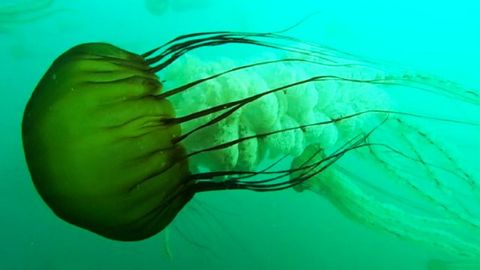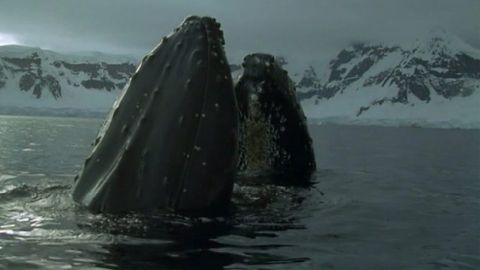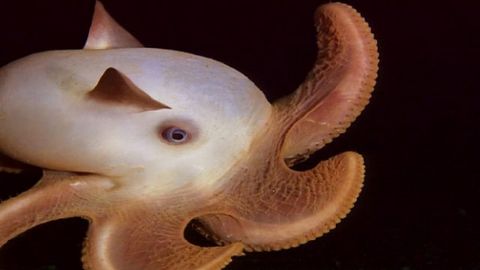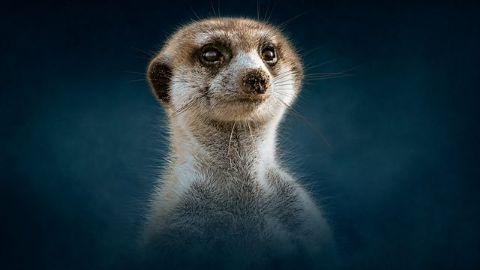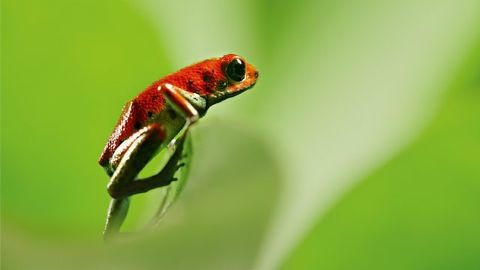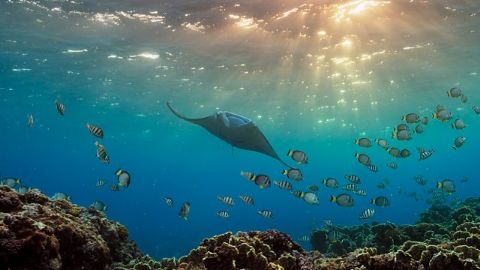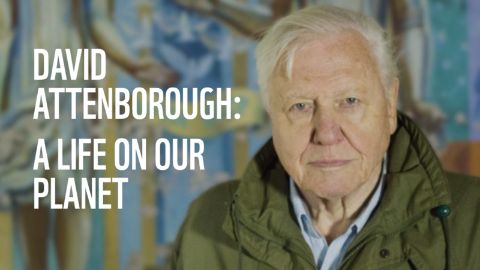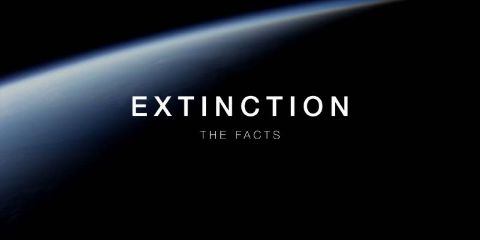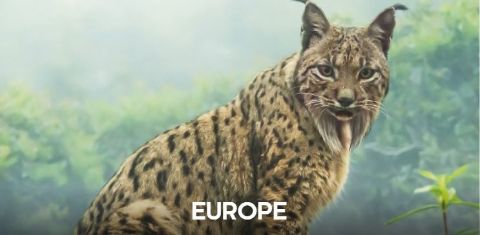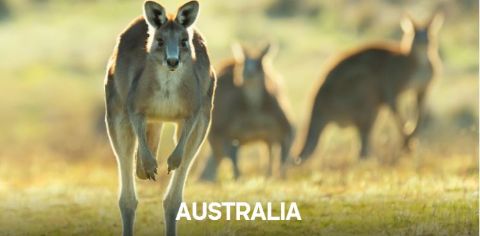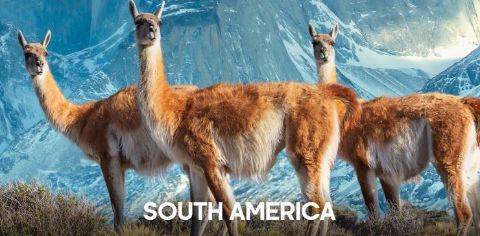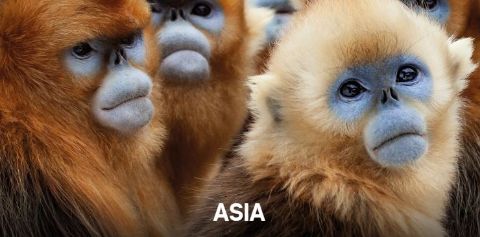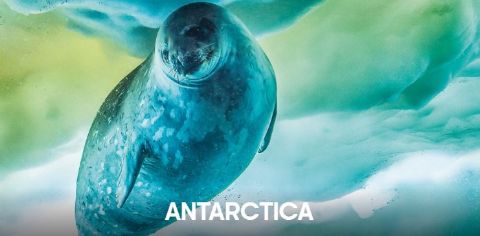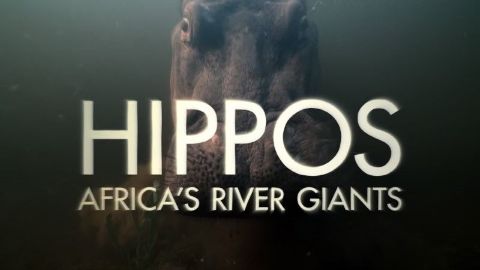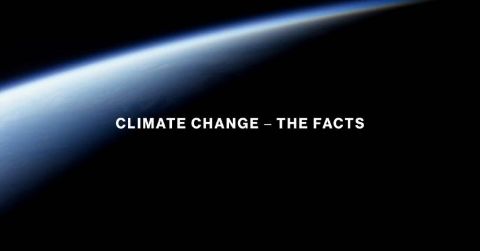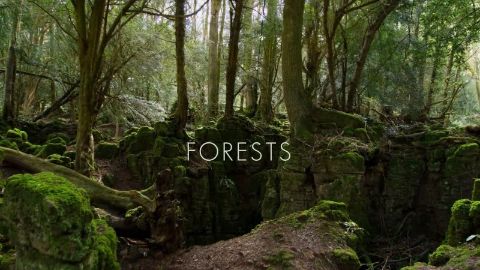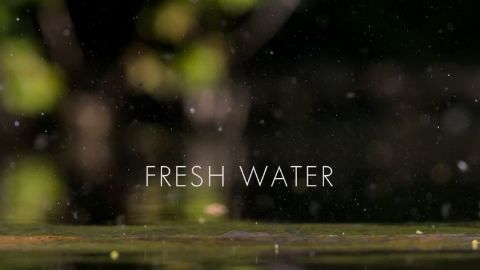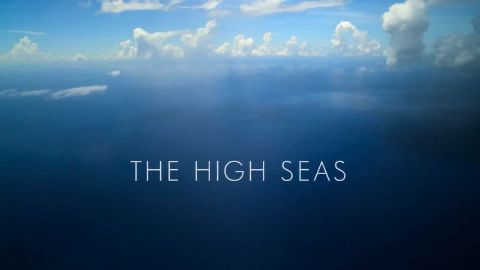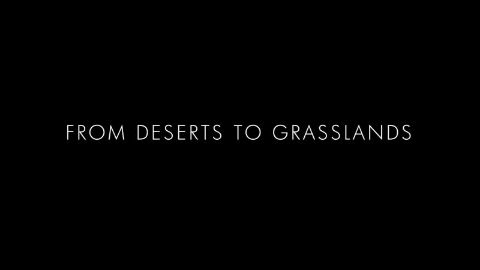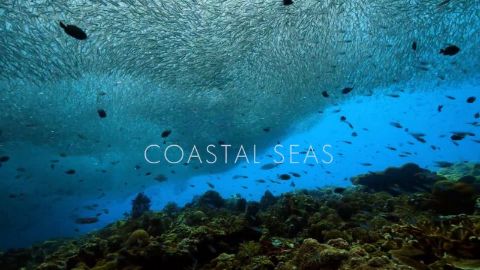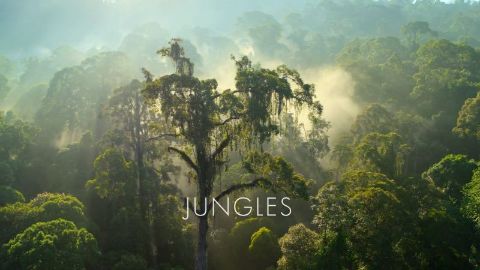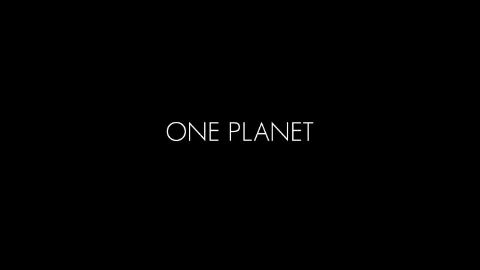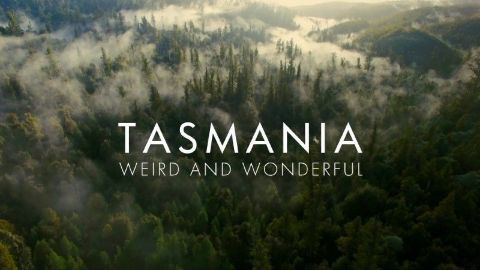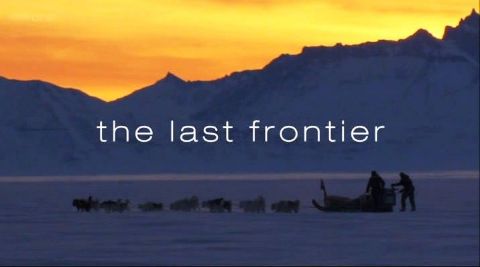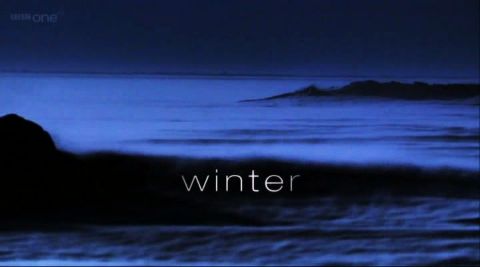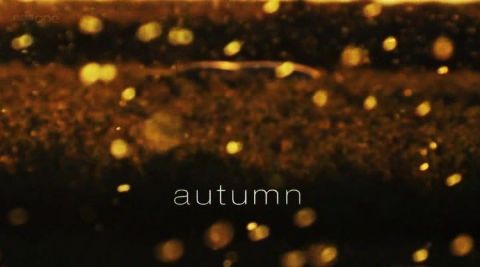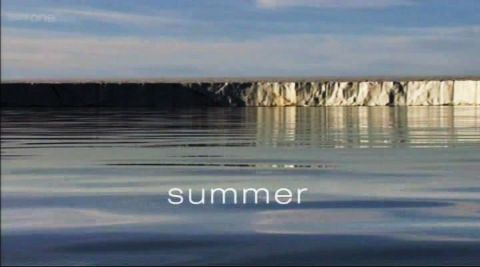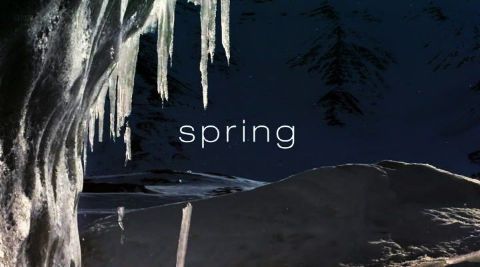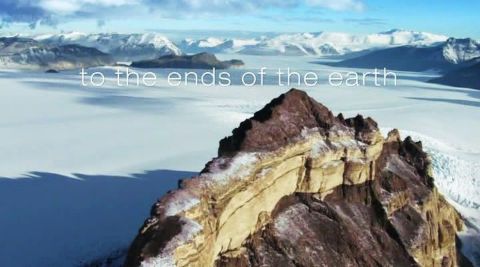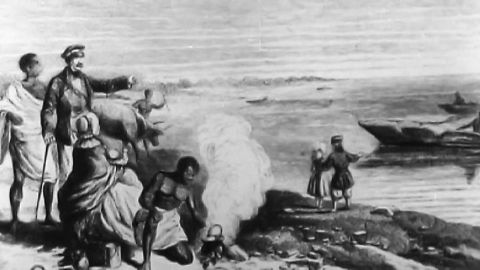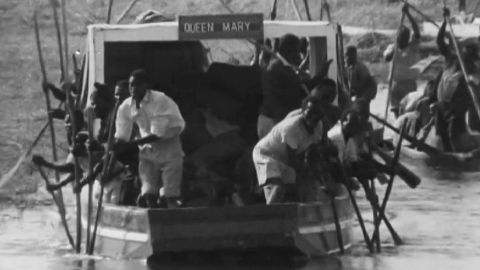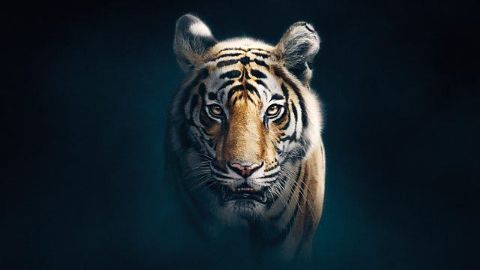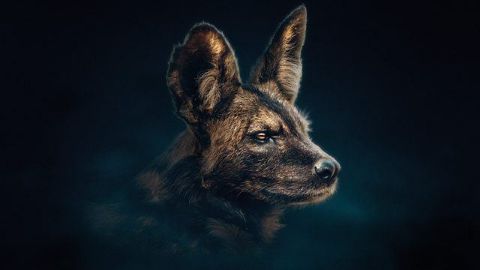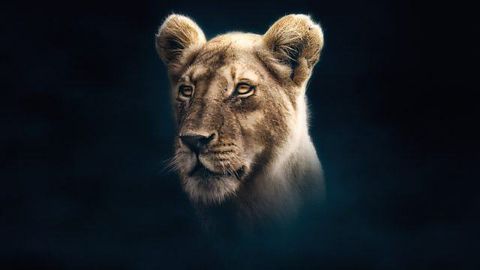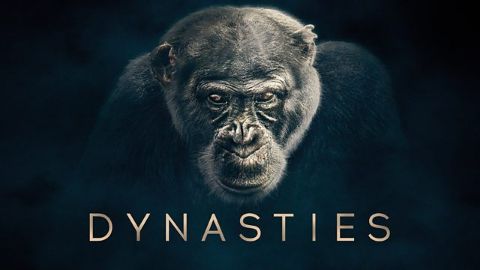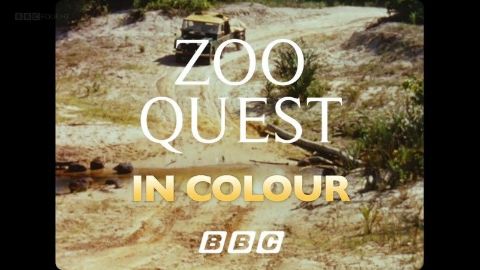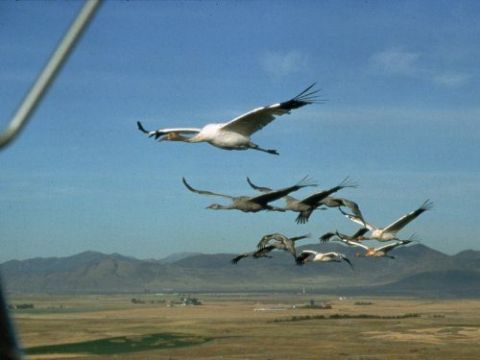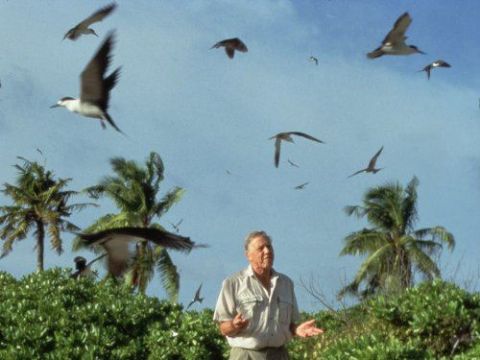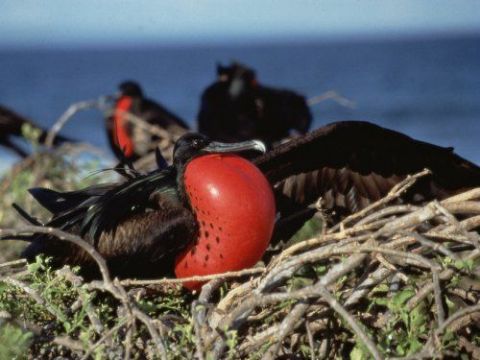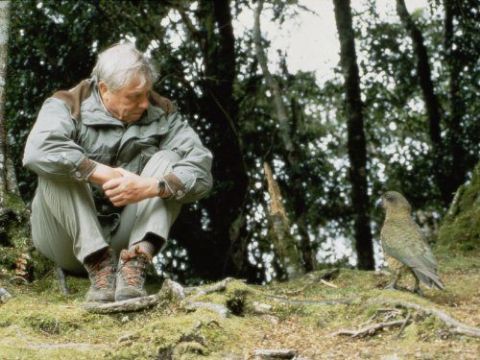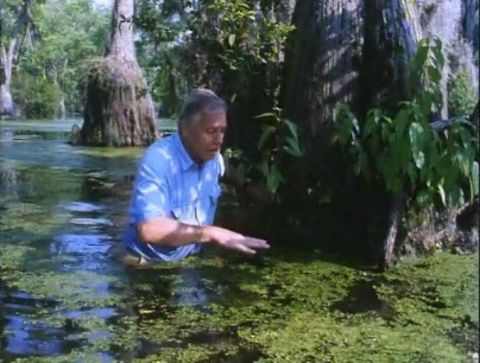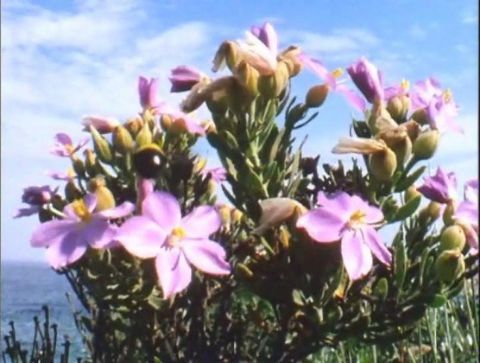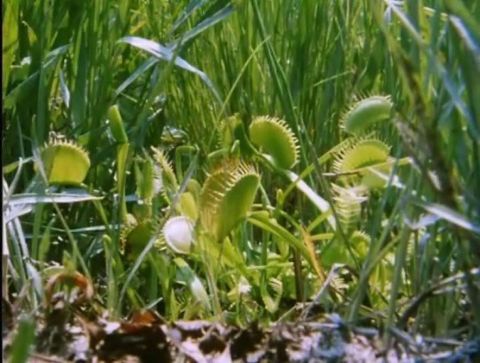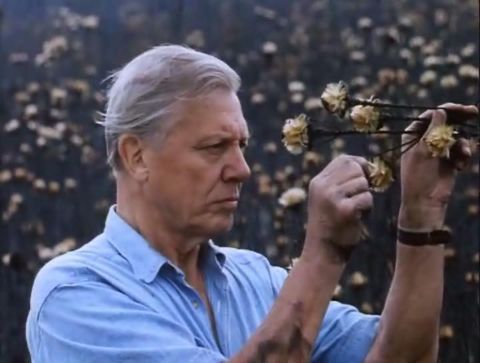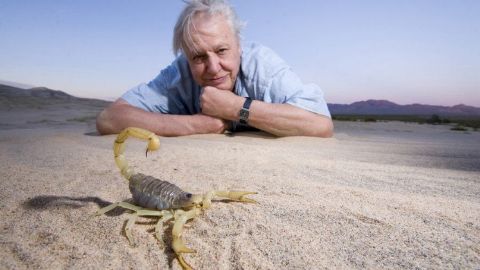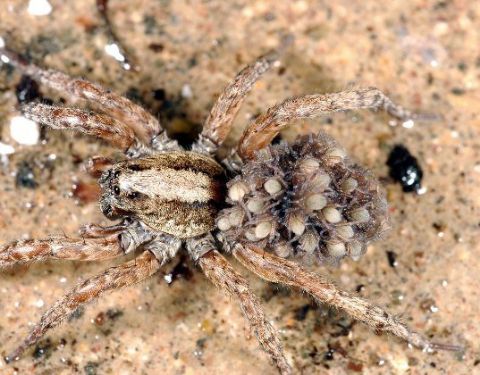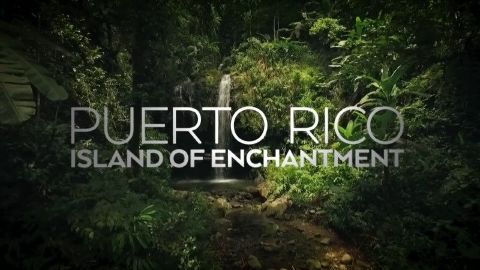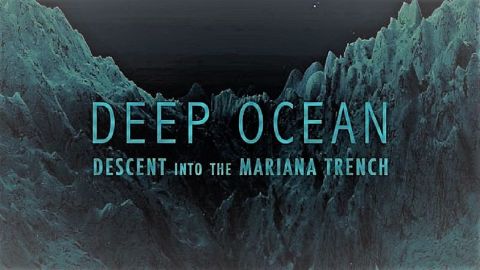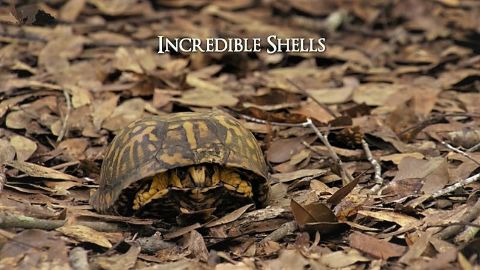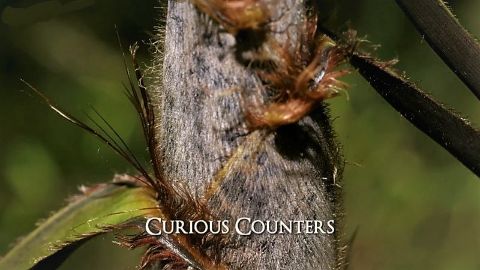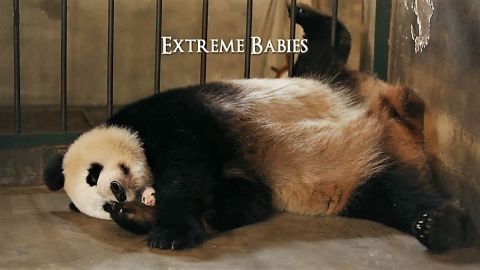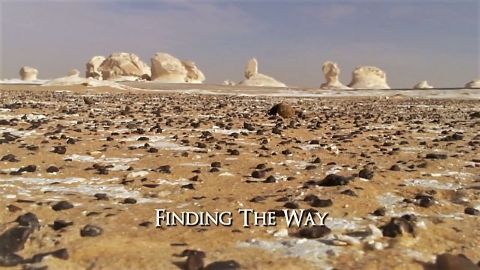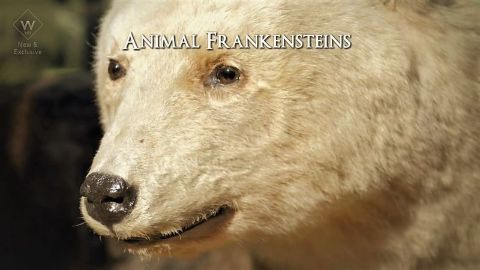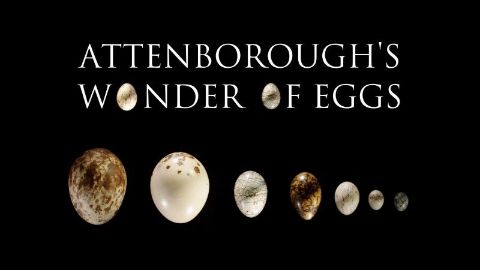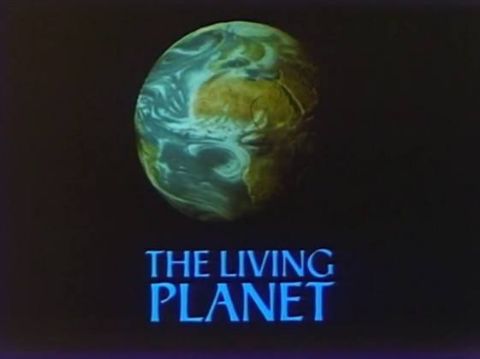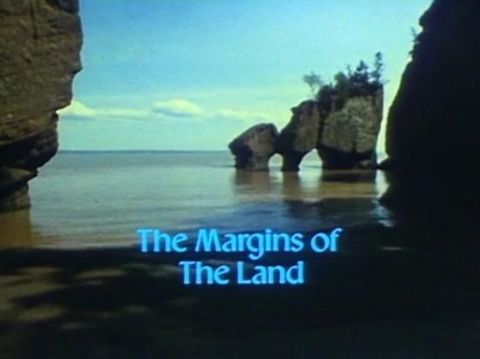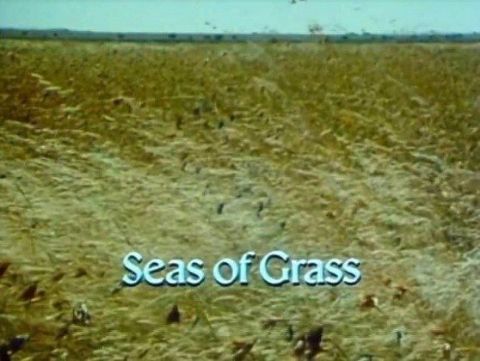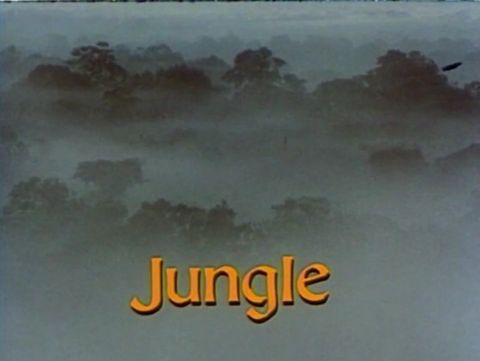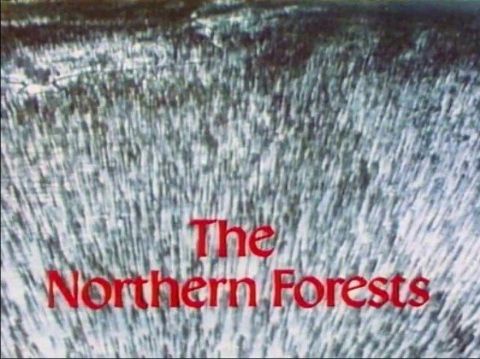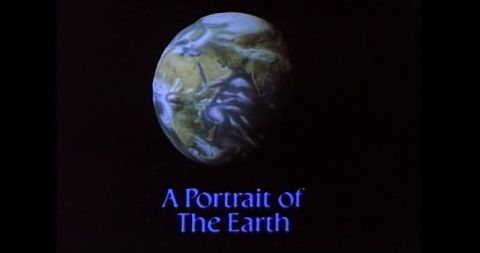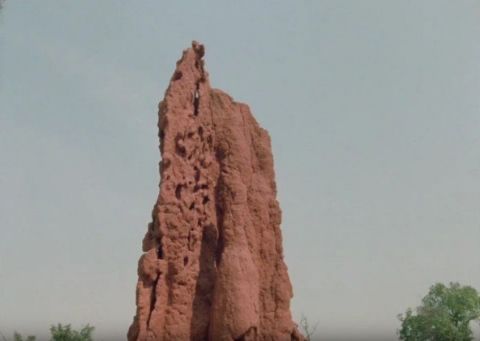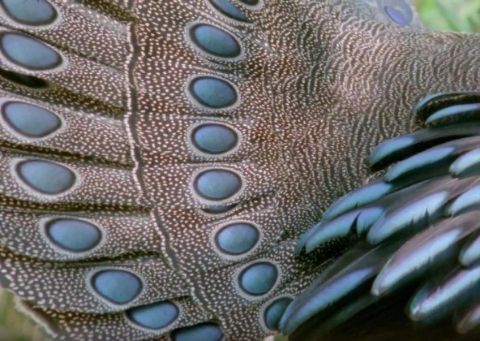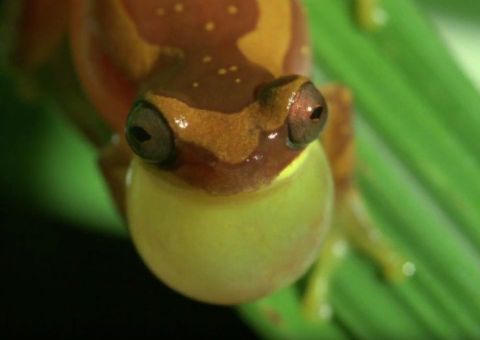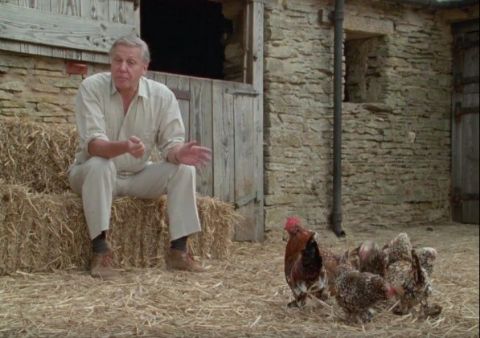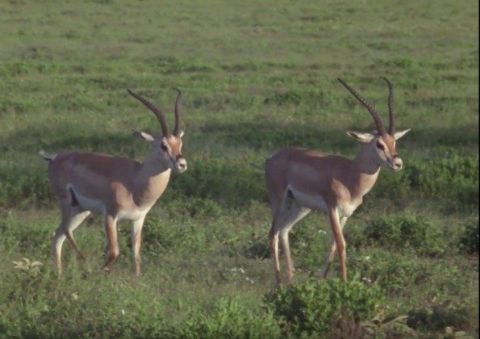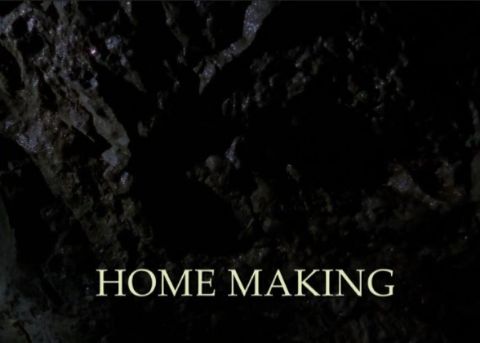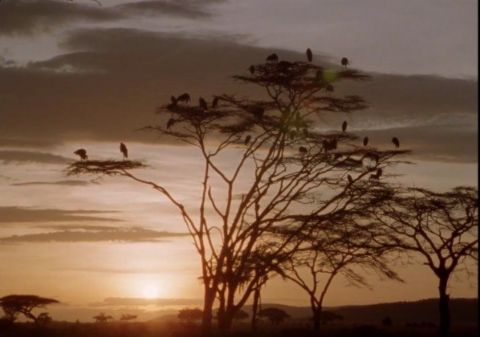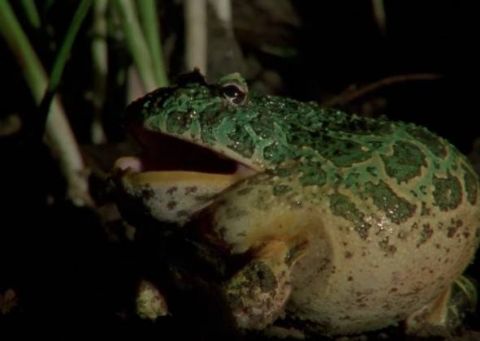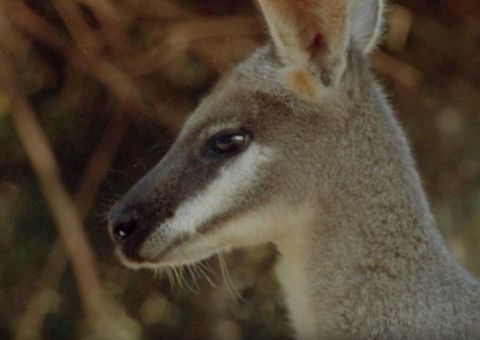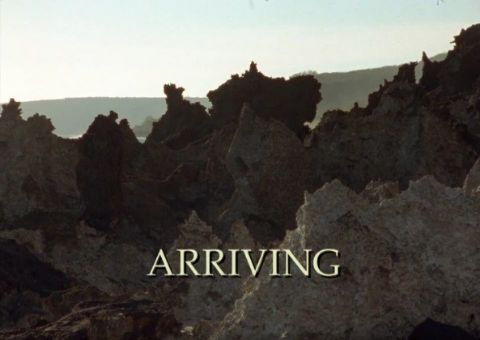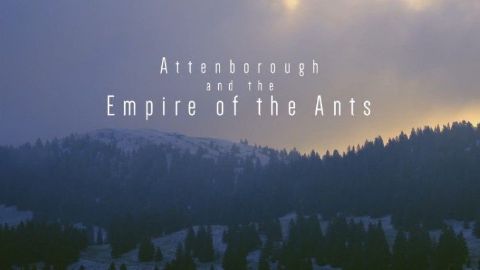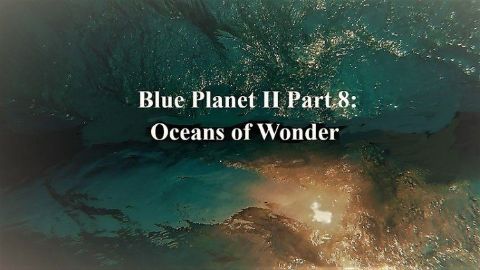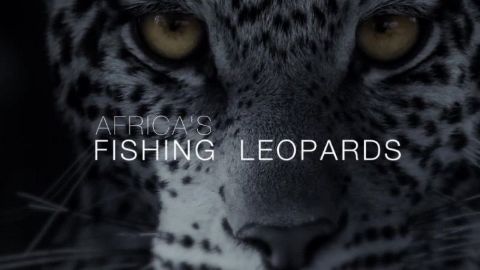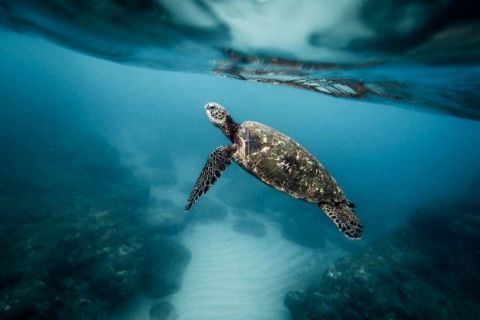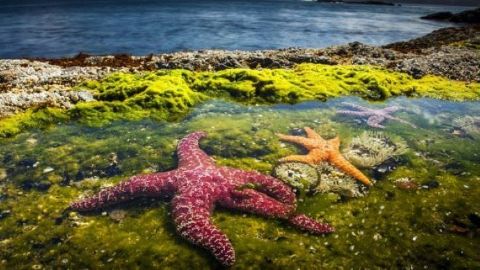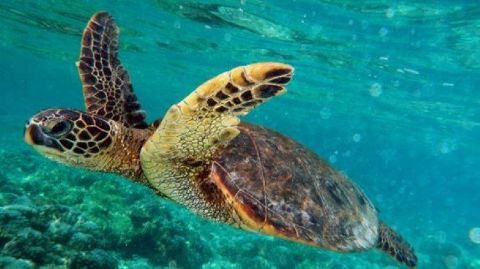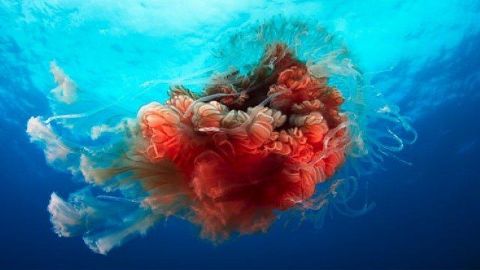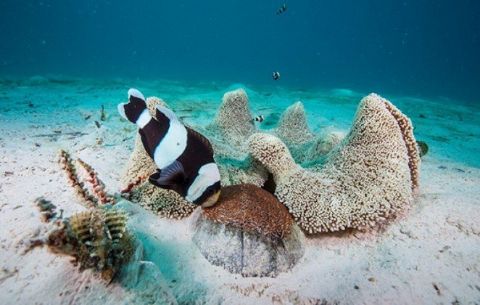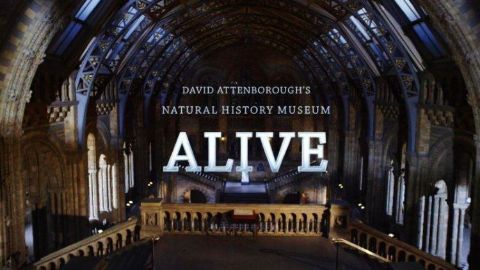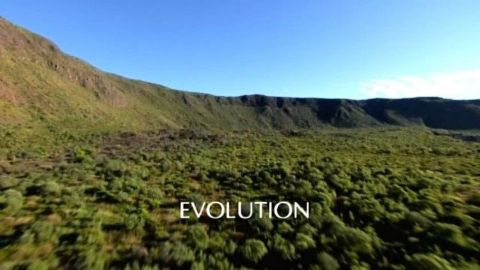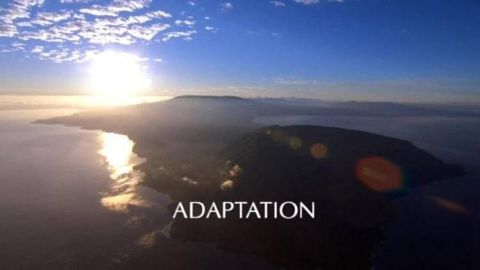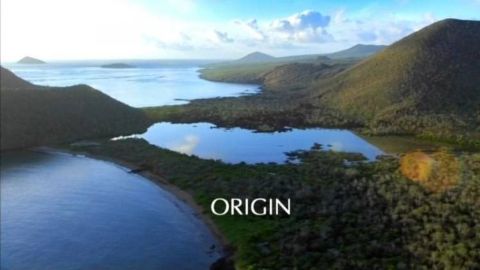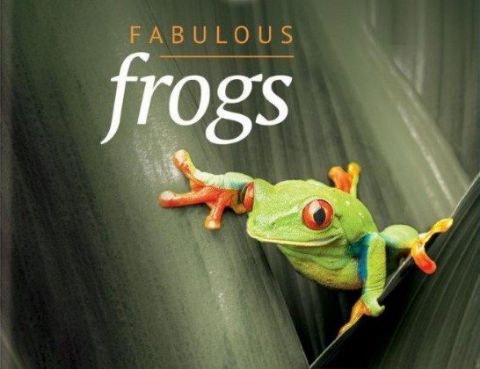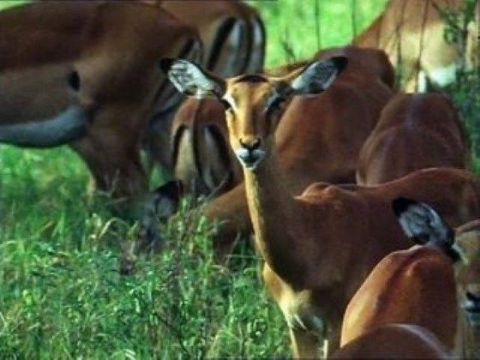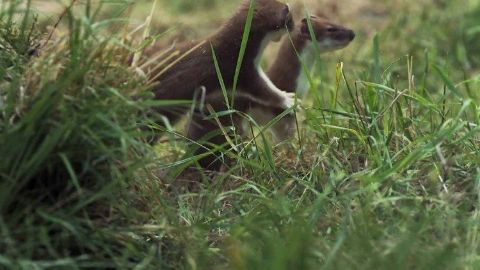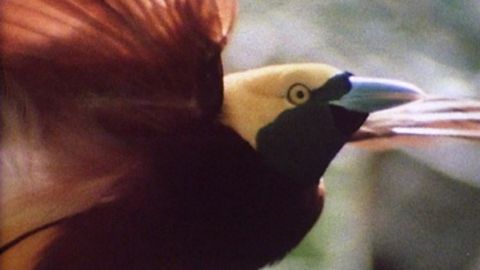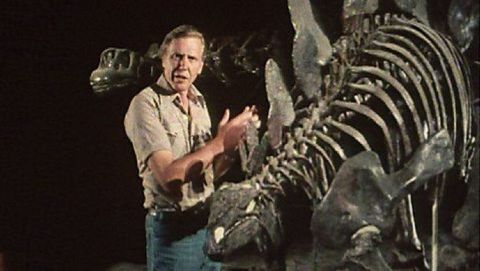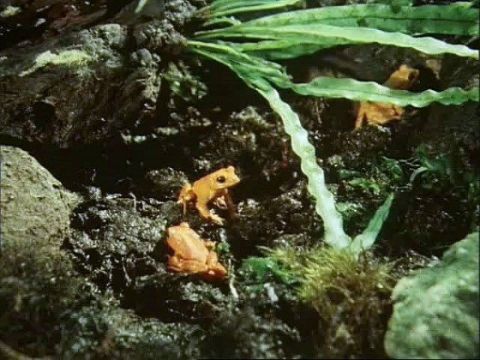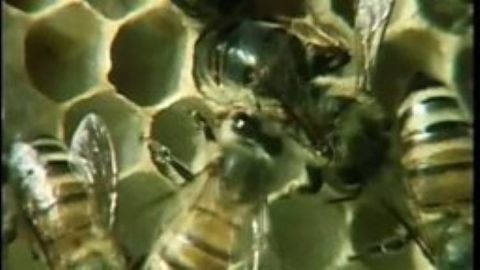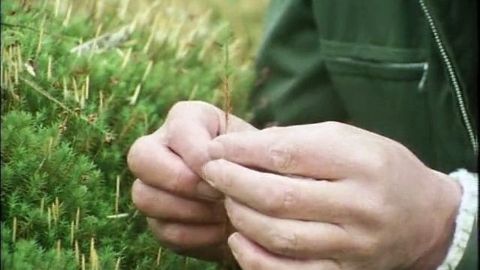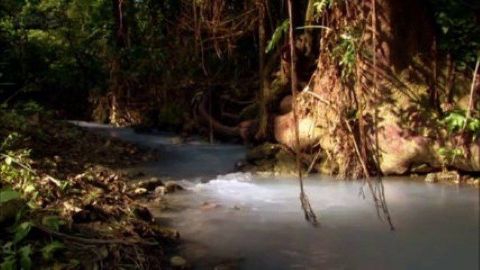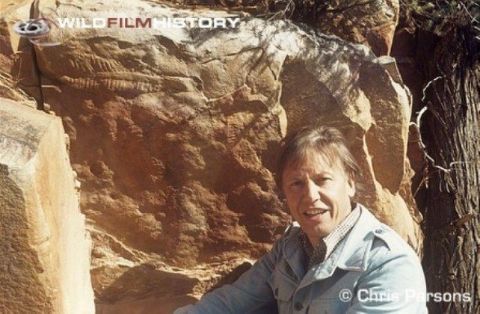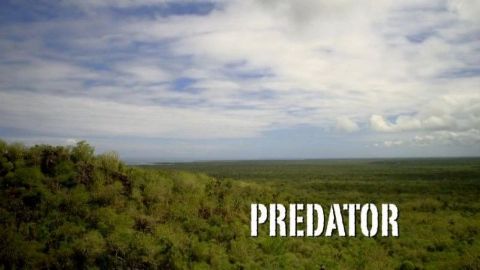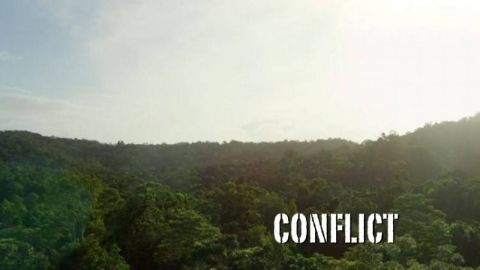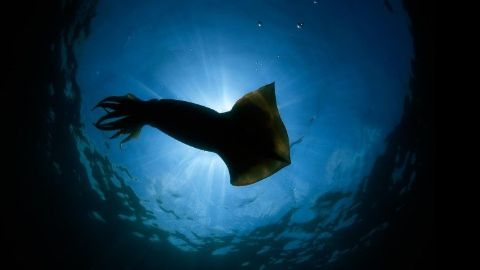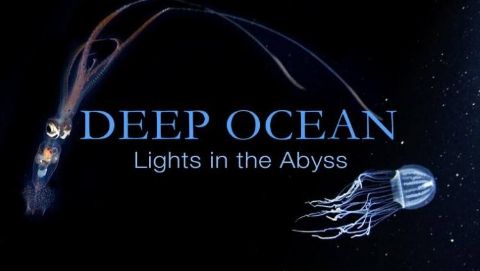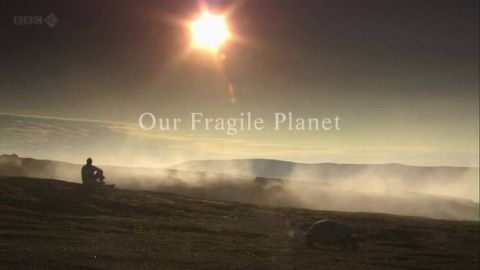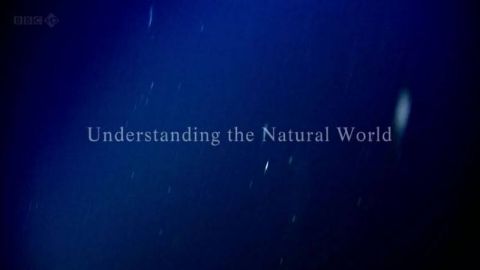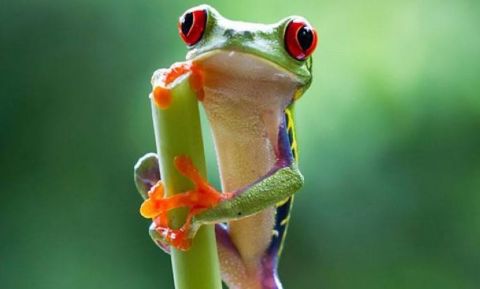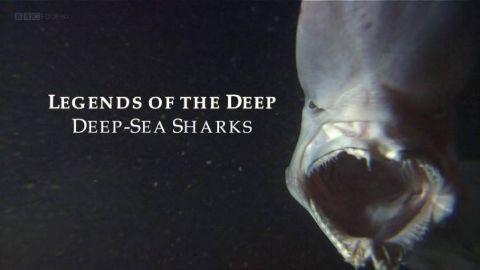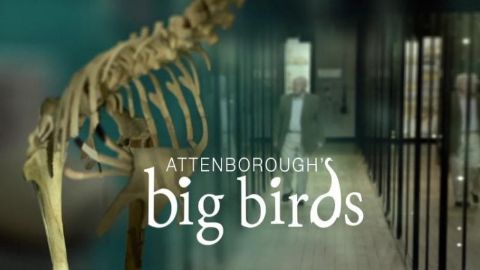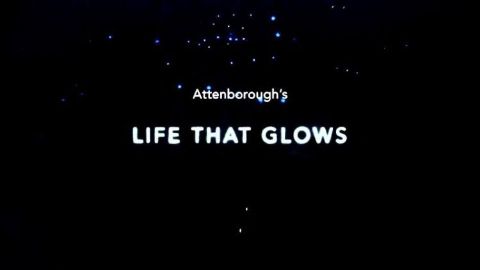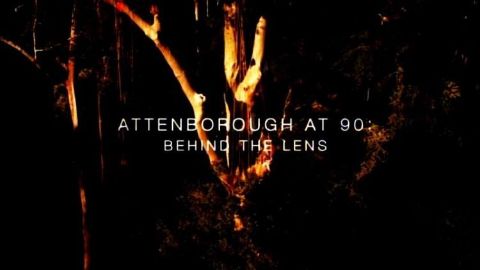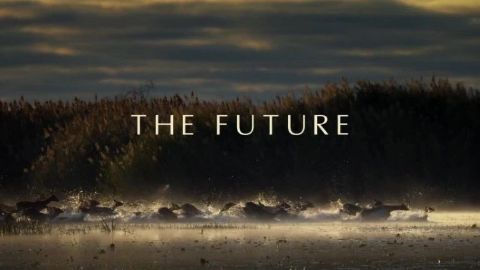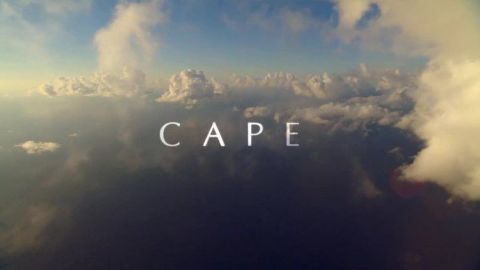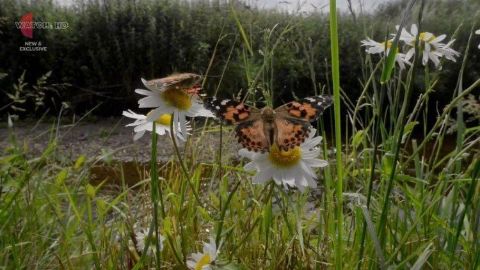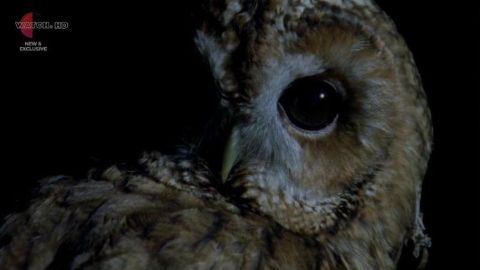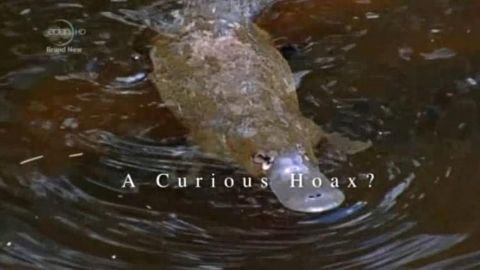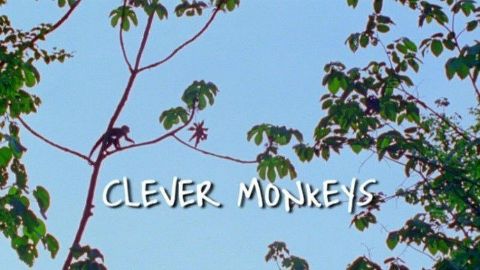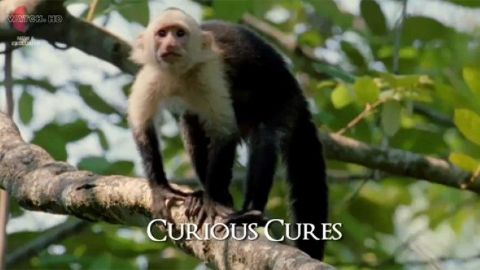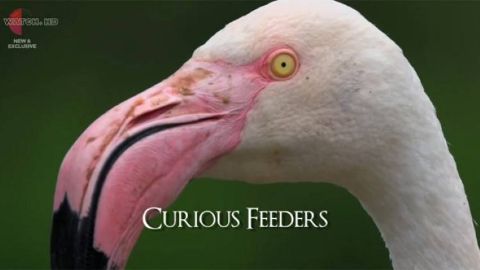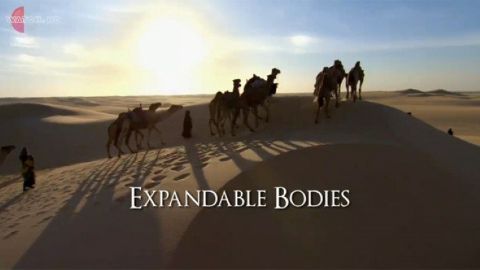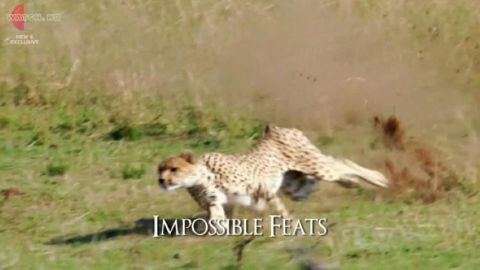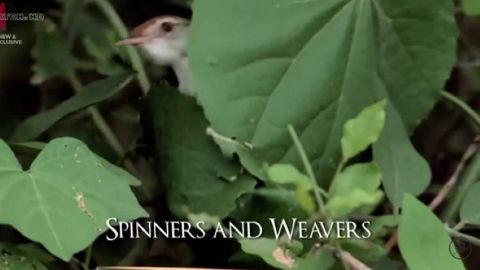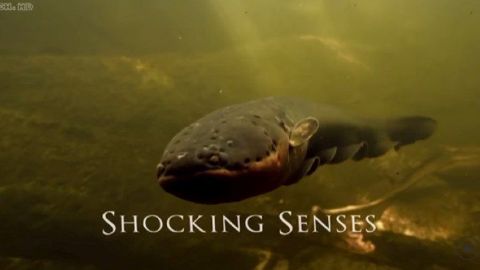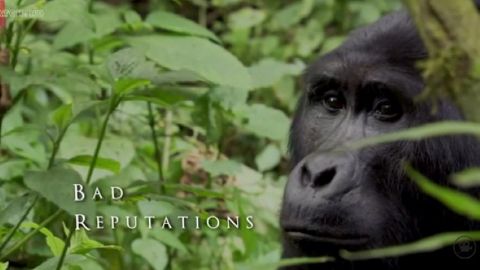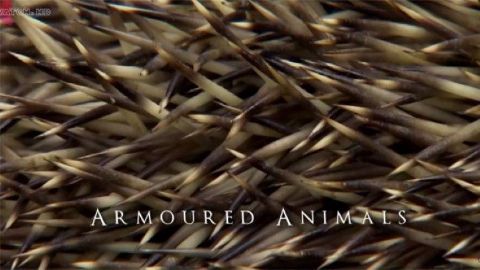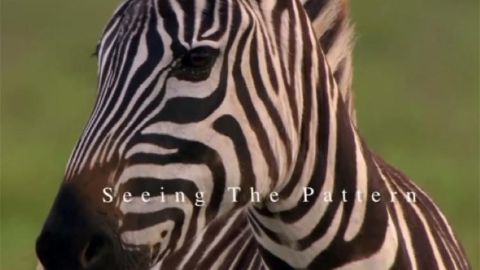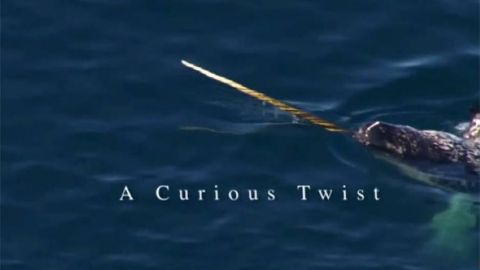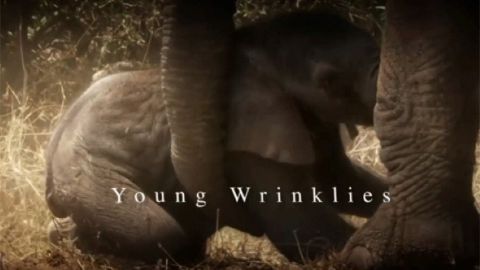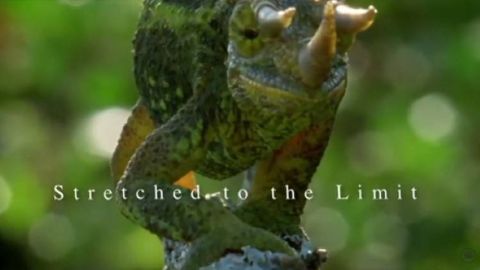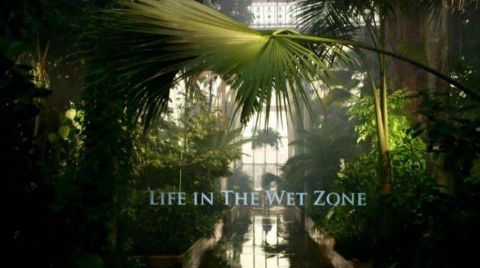David Attenborough (254 videos) • 254 videos
David Attenborough introduces the wildlife of Asia's mountains, from elephants living in high altitude tea plantations, to gathering of swifts in Thailand's mountainous caves. In Pakistan, markhor fight for mates atop towering cliffs, and in Nepal, the forested foothills of the Himalayas provide hiding places for one of Asia's shyest mammals, the red panda.
David Attenborough reveals why forests are the ultimate test of survival for mammals, including a tiger whose stealth and hunting strategies are put to the test in the heat of an Indian summer. The programme also features footage of young chimpanzees learning how to get honey without angering bees and Siberian flying squirrel gliding elegantly and effortlessly from tree to tree.
Mammals with David Attenborough • 2024 • Nature
David Attenborough reveals how, by pushing themselves and their bodies to the limit, mammals have found remarkable ways to survive in the hottest places on earth. In South America, thirsty capuchins need all their natural curiosity as they search for water on the forest floor. Camels roam the vast outback of Australia, where they can go for weeks without water thanks to their distinctive hump as an energy store. White sifaka lemurs hug trees to avoid the heat in Madagascar's spiny forest and the echidna has an even stranger way of keeping cool - it blows snot bubbles.
Mammals with David Attenborough • 2024 • Nature
From ice-covered seas to snow-capped mountains, mammals have conquered the cold, living in the harshest places on earth thanks to their remarkable intelligence and adaptations. The programme features polar bears on the Arctic islands of Svalbard, arctic foxes in Canada's Hudson Bay, and snow leopards in the lofty mountains of the Qinghai-Tibet Plateau in China.
Mammals with David Attenborough • 2024 • Nature
How air-breathing mammals have found remarkable ways to overcome the many challenges of a life in water, from freshwater jungle ponds to the dark depths of the open ocean. Featuring footage of the birth of a huge sperm whale calf, never-before-filmed orca hunting behaviour, and coastal coyotes in Mexico that have learnt they can benefit from the daily offerings washed up on the shore with each new tide.
Mammals with David Attenborough • 2024 • Nature
A look at mammals which have adapted to the changes humans have made to their environment, from sea lions competing with stray dogs for food in the fish markets of Chile to pig-tailed macaques in palm oil plantations in south east Asia. Plus, a look at how elephants have learnt to use the cover of darkness to venture into towns in search of a midnight feast, often leaving destruction in their wake.
Mammals with David Attenborough • 2024 • Nature
Focuses on animals that thrive in the dark, from leopards that use night vision to hunt their prey to bats using echolocation to navigate the night skies.
Mammals with David Attenborough • 2024 • Nature
In 1960, a young secretary from Bournemouth, with no scientific qualifications, entered a remote forest in Africa and achieved something nobody else had ever done before. Jane Goodall became accepted by a group of wild chimpanzees, making discoveries that transformed our understanding of them, and challenged the way we define ourselves as human beings by showing just how close we are as a species to our nearest living relatives. Since then, both she and the chimps of Gombe in Tanzania have become world famous - Jane as the beauty of many wildlife films, they as the beasts with something profound to tell us. As one of the programme's contributors, David Attenborough, suggests, Jane Goodall's story could be a fable if it wasn't true. In this revealing programme filmed with Jane Goodall in Africa, we discover the person behind the myth, what motivates her and the personal cost her life's work has exacted from her - and why she still thinks we have a lot to learn from the chimps she has devoted her life to understanding.
2010 • Nature
David Attenborough introduces conservation heroes fighting to save the world's wildlife, from exploring remote jungles to going undercover to catch criminals in the illegal ivory trade. In South Africa, new breeding populations of black rhino are set up in safe havens where they will be protected from poachers, while a conservationist in Ecuador works to protect endangered frogs.
Planet Earth III • 2023 • Nature
The ways in which wild animals have adapted to survive in human population centres, from cobras in India hunting in houses, to macaques in Bali stealing mobile phones to barter with temple staff in return for food. Rhinos walk through the streets of Sauraha, Nepal, while in Australia, tawny frogmouths find streetlights useful in catching prey, but have to avoid being eaten by household cats.
Planet Earth III • 2023 • Nature
David Attenborough reveals the extraordinary ways in which animals battle to survive in a world of extremes, from mountain summits to deserts, polar tundra to the world's largest cave in Vietnam. On Ellesmere Island, a pack of Arctic wolves fight to rebuild their strength after one of the toughest winters on record, while in the mountains of Mexico, millions of Monarch butterflies huddle together to survive. But the calm is shattered when a storm hits their forest shelter.
Planet Earth III • 2023 • Nature
David Attenborough journeys into the hidden world of forests, from the temperate rainforests of Canada, where rarely seen spirit bears fish for salmon, to the teak forests of India, where whistling wild dogs work together to bring down prey three times their size. In the misty mountainous forests of China, male tragopan have developed a comical dance routine, whilst in the dense tropical rainforest, treehoppers form surprising alliances to fight off assassin bugs and oriental pied hornbills go to incredible lengths to protect their young.
Planet Earth III • 2023 • Nature
Footage of animals that live in freshwater environments, from gliding treefrogs engaged in fiercely competitive mating rituals in in the Costa Rican rainforest to mugger crocodiles in Sri Lanka, that lie in wait at waterholes for chital deer. In the Okavango Delta, the arrival of the great annual flood poses a significant challenge for a pack of five African wild dogs.
Planet Earth III • 2023 • Nature
Life in some of the many deserts and grasslands around the world, including in the baked Namib desert, where a pair of ostriches raise their family in the searing heat to keep them safe from predators. One troop of desert baboons are on a continual quest to find water and a young mother who is low in the pecking order must battle for her right to drink. Closer to the equator, in the grassland paradise of the Cerrado in Brazil, lives the rare, fruit-eating maned wolf, a bizarre creature about whom little is known.
Planet Earth III • 2023 • Nature
The wildlife inhabiting the world's oceans, from the shallow seas of the tropics, where predators like the lionfish can become the prey to one of the world's oddest hunters, to the greatest depths, where a massive siphonophore, longer than a blue whale, and a gulper eel with huge jaws are captured on film using specialised vessels designed to withstand the pressure. The episode also features the mating dances of mobula rays and the symbiotic relationship between Columbus crabs and turtles.
Planet Earth III • 2023 • Nature
David Attenborough showcases wildlife in coastal regions, from Cape fur seals on South Africa's Robberg Peninsula to hungry lions on Namibia's infamous Skeleton Coast. Plus, a look at how the Arctic coast is the scene of the biggest seasonal transformation on Earth, as the melting of billions of tonnes of ice brings short-lived opportunities to coastal waters.
Planet Earth III • 2023 • Nature
Be it buffalo, polar bears, humpback whales or albatross chicks, migration is a vital survival strategy for animals to feed, reproduce and find homes.
Our Planet • 2023 • Nature
The series concludes by showcasing the work of scientists studying climate change to discover how exactly the environment is changing and its impact for all life on Earth. Glaciologist Alun Hubbard investigates Greenland's melting glaciers from within, while astronaut Jessica Meir describes witnessing forest fires across Europe from the international space station, and reflects on how changing weather patterns are interconnected.
Frozen Planet II narrated by Sir David Attenborough • 2022 • Nature
The wildlife that inhabit the snow-covered forest and open tundra of the far north, including Arctic foxes that dig face first in the snow to hunt for lemmings and turtle hatchlings that stay frozen during winter, emerging from suspended animation in the first thaws of spring. Snowy owls take advantage of 24 hours of continuous daylight to hunt as much as possible. Plus, a look at how climate change is harming this environment by melting the permafrost deep within the soil.
Frozen Planet II narrated by Sir David Attenborough • 2022 • Nature
The wildlife of Antarctica, from king penguins that must evade leopard seals to feed at sea to albatrosses responding to diminishing number of females in their population, as well as rare footage of the Antarctic blue whale, the largest animal to have ever lived. As the programme ventures into the heart of the continent, surprising footage reveals one of the most volcanic regions on Earth, with unexpected sand dunes hidden in a rare ice-free valley.
Frozen Planet II narrated by Sir David Attenborough • 2022 • Nature
David Attenborough presents a guide to wildlife that have adapted to survive in frozen mountain regions. On the high slopes of Mount Kenya, a pregnant High Casqued Chameleon must choose the right time in a daily cycle of tropical sun and frost at night to give birth. The mountains of Japan are the snowiest place on Earth, providing hostile conditions for a lone male Macaque cast out of his troop. In the remote Southern Alps of New Zealand, parrots feed on the dead, while in the Andes, flamingos thrive in high altitude volcanic lakes.
Frozen Planet II narrated by Sir David Attenborough • 2022 • Nature
As spring begins after four months of winter darkness. Polar bears lead their cubs to hunt, beluga whales trapped by ice see the possibility of escape, harp seals teach their pups to swim, and bowhead whales come in search of food. Plus, a look at how the region is warming faster than anywhere else on Earth due to climate change.
Frozen Planet II narrated by Sir David Attenborough • 2022 • Nature
Beginning in Antarctica, Emperor Penguin chicks are abandoned by their parents as spring begins and must find their way across the treacherous sea ice to the rich waters of the Southern Ocean. In the Himalayas, the world's fluffiest cat hunts for gerbils and voles, while in the boreal forests circling North America, Europe and Asia, a Siberian tiger is on the lookout for black bears.
Frozen Planet II narrated by Sir David Attenborough • 2022 • Nature
David Attenborough brings to life, in unprecedented detail, the last days of the dinosaurs. Palaeontologist Robert DePalma has made an incredible discovery in a prehistoric graveyard: fossilised creatures, astonishingly well preserved, that could help change our understanding of the last days of the dinosaurs. Evidence from his site records the day when an asteroid bigger than Mount Everest devastated our planet and caused the extinction of the dinosaurs. Based on brand new evidence, witness the catastrophic events of that day play out minute by minute.
2022 • Nature
Two out of five wild plants are threatened with extinction. Today people are finding remarkable ways to help them, and so make our world a little greener and a little wilder.
The Green Planet • 2022 • Nature
Desert plants spend decades in suspended animation waiting for rain, or they travel to find it. They survive using weapons, camouflage and surprising alliances with animals.
The Green Planet • 2022 • Nature
Plants of the seasonal world face constant change. They use use strategy, deception and feats of engineering to survive. Most importantly, they must get their timing right.
The Green Planet • 2022 • Nature
Water plants create beautiful, bizarre worlds. Flowers smother rivers and lakes. Plants fight and hunt. A river bubbles like champagne as plants create the atmosphere itself.
The Green Planet • 2022 • Nature
More kinds of plants are crammed together in the tropical rainforests than anywhere else on Earth. The result is astonishing beauty and intense competition - a plant battleground. New filming techniques allow us to enter the plants’ world and see it from their perspective and on their timescale. From fast-growing trees to flowers that mimic dead animals, this is a journey into a magical world that operates on a different timescale to our own.
The Green Planet • 2022 • Nature
Sir David Attenborough joins an archaeological dig uncovering Britain’s biggest mammoth discovery in almost 20 years. In 2017, in a gravel quarry near Swindon, two amateur fossil hunters found an extraordinary cache of Ice Age mammoth remains and a stone hand-axe made by a Neanderthal. Professor Ben Garrod joins the team at DigVentures during the excavation as they try to discover why the mammoths were here and how they died. Could the Neanderthals have killed these Ice Age giants?
2021 • Nature
Sir David Attenborough chooses his favourite recordings from the natural world that have revolutionised our understanding of song. Each one - from the song of the largest lemur to the song of the humpback whale to the song of the lyrebird - was recorded in his lifetime. When Sir David was born, the science of song had already been transformed by Charles Darwin’s theory of sexual selection: singing is dangerous as it reveals the singer’s location to predators, but it also offers the male a huge reward, the chance to attract a female and pass on genes to the next generation. Hence males sing and females don't. Today, new science in the field of birdsong is transforming those long-held ideas. Scientists are discovering that, in fact, in the majority of all songbird species, females sing - and it is only now they are being properly heard. Through this revelation and others, we can understand that animal songs are marvelous examples of the spectacular survival strategies that species have developed in order to stay alive.
2021 • Nature
Freshwater is often the stage on which millions of animals gather to find a mate. And the cycle of freshwater is the trigger for spectacular mating rituals and fierce competition.
The Mating Game • 2021 • Nature
Jungles are home to 80% of all species but they cover just 2% of the planet. When animals in these crowded forests want to mate, the challenge is how to stand out from the crowd.
The Mating Game • 2021 • Nature
The Ocean is where life first experimented with the Mating Game, and over time this has led to some of the most ingenious mating strategies of all!
The Mating Game • 2021 • Nature
The grasslands of our planet are some of the most challenging habitats for playing the Mating Game. They are an open stage where potential partners and jealous rivals can witness your every move… and every failure.
The Mating Game • 2021 • Nature
Prince William, David Attenborough and Hindou Oumarou Ibrahim see how we might reimagine our production lines to solve the problem of the vast amount of waste we produce.
The Earthshot Prize Repairing Our Planet • 2021 • Environment
Prince William, David Attenborough and Shakira find out about inspiring people and projects across the world that can help us stop damaging the oceans and enable their revival.
The Earthshot Prize Repairing Our Planet • 2021 • Environment
Prince William, Sir David Attenborough and astronaut Naoko Yamazaki hear the personal stories of people who are directly affected by air pollution and look at possible solutions.
The Earthshot Prize Repairing Our Planet • 2021 • Environment
Prince William, Sir David Attenborough and Christiana Figueres highlight inspiring and often unexpected solutions to the climate challenge.
The Earthshot Prize Repairing Our Planet • 2021 • Environment
Sir David Attenborough introduces us to inspiring people with solutions to help restore nature, and reveals the three finalists of the first ever Earthshot Prize for Nature.
The Earthshot Prize Repairing Our Planet • 2021 • Environment
Stabilizing our planet's life-support system won't be easy — but it can be done. And our survival depends upon it.
2021 • Environment
David Attenborough concludes his documentary series with a programme about our closest animal relatives, the intelligent great apes, and finds out how their large brains enabled one of their kind, an upright ape, to go on to dominate the planet. David travels to the forests of Borneo to meet a remarkable orangutan with a passion for DIY and a talent for rowing boats. He shifts continent to Africa and takes part in a special nut-cracking lesson with a group of chimps learning survival skills. He discovers how food - and the ways apes find it - has been key to the evolution of our large brains.
The Life of Mammals • 2008 • Nature
In the penultimate episode, David Attenborough looks at monkeys. This group started its life in the tree-tops and this is where we join the capuchin, whose acute vision and lively intelligence helps them find clams in the mangrove swamps of Costa Rica and crack them open on tree-anvils. The swamps are also full of biting insects, but the monkeys rub themselves with a special plant that repels them.
The Life of Mammals • 2008 • Nature
David Attenborough meets the omnivores - the opportunists. When it comes to food, this diverse range of animals, which includes grizzly bears at one end and rats on the other, are so adaptable that they can always make the most of whatever happens to be around at the time. They are nature's generalists but each is equipped with some very specialised skills.
The Life of Mammals • 2008 • Nature
Rodents like rats, mice and squirrels are the most numerous mammals on the planet. This programme reveals how, with their constantly growing, chisel-sharp front teeth, they are specialists in breaking into seeds. It also shows how they have adapted this talent to help them make their homes and even live underground, as well as revealing their ability to store food - and their ability to breed prolifically.
The Life of Mammals • 2008 • Nature
Some of the biggest predators to walk the earth face a constant battle - their prey is heavily armoured, indigestible and sometimes even poisonous. What makes this struggle more remarkable is that these predators do not prey on animals - but on plants.
The Life of Mammals • 2008 • Nature
Mammals have adapted to live almost anywhere - from freezing polar regions, to the hottest deserts and from steaming jungles, to the world's vast oceans. They survive on a great variety of different foods and it's what they eat that so often determines their behaviour - and that of course, includes our own.
The Life of Mammals • 2008 • Astronomy
This episode discusses the human exploration of Antarctica, in particular the mission led by Captain Robert Falcon Scott, whose team died on the way back from the South Pole. It shows the scientific work in the modern human bases in Antarctica, especially Mawson Base and its observation of Adelie Penguins (partially through tracking devices).
Life in the Freezer • 2003 • Nature
As almost all animal inhabitants of Antarctica are forced to migrate north, the sea underneath the frozen ice still provides a home to many specially adapted fish whose cells are protected from freezing through an "antifreeze" liquid. Many of them feed on the faeces of other animals. The most notable larger animal that does not migrate north is perhaps the Weddell Seal, which can be found as close as 1300 kilometres to the pole. Groups of seals tear holes into the ice to dive for food and come up to breathe. The females come back to the ice to give birth.
Life in the Freezer • 2003 • Nature
This episode describes the migration of most animals northwards (some from the Antarctic continent, others from the few islands surrounding it) as the continent and surrounding sea freeze over at the end of summer. It shows how young penguins often fall prey to Leopard Seals as they try to make their way across the already partially frozen water and how their stripped remains become food for isopods and meter-long nemerteans (ribbon worms). Before going to the sea, however, the adult penguins must shed their coats (molting).
Life in the Freezer • 2003 • Nature
Almost all life in the region breeds in summer. A growing colony of fur seals on a beach in South Georgia resembles that of elephant seals shown in the previous episode. The pups grow fast on the rich, fatty milk provided by their mothers and double their weight in just sixty days. As the females become sexually available, the mating season begins and males try to claim territory and mate with females. Like elephant seals, fur seals fiercely attack all competitors.
Life in the Freezer • 2003 • Nature
Elephant seals are the first animals to return to the beaches of the subantarctic islands in spring, forming large breeding colonies, where the males fight fierce battles to gain and retain permanent access to a large number of females. They mate with the females as soon as they are receptive again. Millions of Macaroni Penguins form huge colonies on the islands to breed.
Life in the Freezer • 2003 • Nature
The first episode introduces the viewers to the continent of Antarctica and the surrounding sea and islands, its glaciers and the icebergs that form from it. It describes how the continent changes throughout the seasons, as it effectively doubles in size in winter when the surrounding sea freezes over, "the greatest seasonal change that takes place on this planet".
Life in the Freezer • 2003 • Nature
In this final installment to the series, David Attenborough travels to four unique locations about the globe where an abundance of fossilized plant and animal remains have given us a detailed picture of what life could have been like in prehistoric times. Each of the sites experienced its own set of circumstances which enabled it to preserve many perfect specimens for extraction and analysis. Piecing together the collected evidence, paleontologists have been able to determine early animal hierarchies, their diets and their evolutionary paths.
Lost Worlds, Vanished Lives • 1989 • Nature
Attenborough visits several museums of natural history. With the aid of dinosaur skeletons, he demonstrates how they existed in real life, and speculates about the reasons for their sudden demise.
Lost Worlds, Vanished Lives • 1989 • Nature
2nd prog in series about fossils. David Attenborough investigates some fossil mysteries - could pterodactyls fly? And why did trilobites have such good eyes?
Lost Worlds, Vanished Lives • 1989 • Nature
First prog in series about fossils. David Attenborough travels in UK, Dominican Republic, West Germany & USA in search of fossils, & the palaeontological techniques to find and reveal them.
Lost Worlds, Vanished Lives • 1989 • Nature
The world of the armoured creature is equally fascinating and bizarre. Galapagos giant tortoises solve the problem of making love in a suit of armour; a heated sea turtle orgy leaves females in mortal danger and we witness the explosive arrival of a baby pig-nosed turtle. Giant salt-water crocodiles crowd a flooded river-run to fish for mullet and a caiman leads her brood in a touching trek to a communal crèche.
Life in Cold Blood • 2008 • Nature
Snakes have developed the ultimate economy of design and are the most elegant and iconic of hunters. Among the incredible species seen here are blind tiger snakes that hunt using their sense of smell, magnificent African spitting cobras and a bizarre turtle-headed sea-snake hunting on a coral reef. And, for the first time ever, cameras capture a snake ambush in the wild and the beautiful spectacle of yellow anacondas giving birth underwater.
Life in Cold Blood • 2008 • Nature
Enter the world of the lizard: from the chameleons, masters of the arboreal life to geckos tapping a code to plant-hopper insects and baby pygmy blue-tongued skinks huddling in their burrows long after birth. In the deserts are found some of the most bizarre lizards: baby Bushveld lizards mimicking acid-squirting beetles; the well-armoured and bizarrely spiky; thorny devils and the lizard kings - the Australian monitors - fast, intelligent and efficient hunters.
Life in Cold Blood • 2008 • Nature
David Attenborough reveals the bizarre adaptations which have helped amphibians break their ties with water as he meets marsupial frogs, show-off newts and giant salamanders.
Life in Cold Blood • 2008 • Nature
Showcasing footage from around the world after an unprecedented year, “The Year Earth Changed” is a timely documentary special that takes a fresh new approach to the global lockdown and the uplifting stories that have come out of it. From hearing birdsong in deserted cities and seeing whales in Glacier Bay, to meeting capybara in suburbs across South America, people worldwide have had the chance to engage with nature like never before. In this documentary special, viewers will witness how the smallest changes in human behavior – reducing cruise ship traffic, closing beaches a few days a year, identifying more harmonious ways for humans and wildlife to coexist – can have a profound impact on nature. The documentary, narrated by David Attenborough, is a love letter to planet Earth, highlighting the ways nature’s resiliency and ability to bounce back can give us hope for the future.
2021 • Nature
Dr Martha Holmes looks at man's influence on the oceans. Is there a solution so that we can save our seas or is it too late to get us out of Deep Trouble?
Blue Planet I • 2001 • Nature
Revealing the titanic efforts behind Blue Planet, this diary reveals the skills and dedication of the film makers.
Blue Planet I • 2001 • Nature
David Attenborough narrates a natural history of the oceans, examining how animals from in and around the sea use the constantly changing coastal areas.
Blue Planet I • 2001 • Nature
As snails surf the waves in pursuit of a meal, how do the tides create opportunities for marine life?
Blue Planet I • 2001 • Nature
Developed over centuries, coral reefs house fragile ecosystems, but they too have to fight to survive.
Blue Planet I • 2001 • Nature
David Attenborough narrates a natural history of the oceans, exploring the richest waters on Earth, where the annual cycle of the sun drives an explosion of life.
Blue Planet I • 2001 • Nature
A look at the survival techniques of creatures that endure the harsh conditions of the Arctic and Antarctic.
Blue Planet I • 2001 • Nature
David Attenborough narrates a natural history of the oceans. The deadly game of hide-and-seek played by the sea's charismatic hunters - whales, shark and billfish.
Blue Planet I • 2001 • Nature
David Attenborough narrates a natural history of the oceans to uncover the strange, otherworldly creatures living in the depths of the ocean.
Blue Planet I • 2001 • Nature
The ocean's influence dominates the world's weather systems and supports an enormous range of life. This first episode demonstrates the sheer scale, power and complexity of the "Blue Planet".
Blue Planet I • 2001 • Nature
A film following a young meerkat queen living in the harsh beauty of the Makgadikgadi salt pans. If her new pups are to survive, she must unite her family in the face of rivals, predators and immense dust storms.
Using the latest camera technology, David Attenborough reveals the extraordinary ways in which animals use colour: to win a mate, to fight off rivals and to warn enemies.
Attenborough's Life in Colour • 2021 • Nature
How Earth's five oceans connect to form the largest ecosystem on the planet, and how its network of currents supports the health of the seas and marine wildlife.
A Perfect Planet • 2021 • Nature
One man has seen more of the natural world than any other. This unique feature documentary is his witness statement. Having spent decades traveling the globe and producing some of the most memorable documentaries of all time, few people know the natural world quite like David Attenborough. That’s why he’s so concerned about the issue of climate change, which will threaten humanity’s very survival unless urgent action is taken to halt the damage it has already caused. Attenborough’s latest offering, A Life On Our Planet, is a reflective piece, looking back on his 94 years on Earth and sending a desperate appeal for help in securing its future.
2020 • Environment
With a million species at risk of extinction, Sir David Attenborough explores how this crisis of biodiversity has consequences for us all, threatening food and water security, undermining our ability to control our climate and even putting us at greater risk of pandemic diseases. Extinction is now happening up to 100 times faster than the natural evolutionary rate, but the issue is about more than the loss of individual species. Everything in the natural world is connected in networks that support the whole of life on earth, including us, and we are losing many of the benefits that nature provides to us. The loss of insects is threatening the pollination of crops, while the loss of biodiversity in the soil also threatens plants growth. Plants underpin many of the things that we need, and yet one in four is now threatened with extinction. Last year, a UN report identified the key drivers of biodiversity loss, including overfishing, climate change and pollution. But the single biggest driver of biodiversity loss is the destruction of natural habitats. Seventy-five per cent of Earth's land surface (where not covered by ice) has been changed by humans, much of it for agriculture, and as consumers we may unwittingly be contributing towards the loss of species through what we buy in the supermarket. Our destructive relationship with the natural world isn’t just putting the ecosystems that we rely on at risk. Human activities like the trade in animals and the destruction of habitats drive the emergence of diseases. Disease ecologists believe that if we continue on this pathway, this year’s pandemic will not be a one-off event.
2020 • Nature
While the pandemic restricts our movements, wildlife remains free. In this time of crisis, the natural world can be a source of solace and escape. In the most extreme of environments, from the hottest deserts to the freezing poles, from the highest mountains to underwater kingdoms, animals overcome adversity to survive and thrive, offering a message of hope to humanity. To raise our spirits, join Sir David Attenborough on a round-the-world trip to the wildest places on earth to see some of the most spectacular wildlife. The BBC Natural History Unit has brought together the most astounding stories from the Bafta-winning Planet Earth II and Blue Planet II to create the ultimate escape. The journey is accompanied by a thrilling new musical score, created by renowned composers Hans Zimmer and Jacob Shea, performed by the BBC Concert Orchestra and featuring Mercury Prize winner Dave on the piano.
2020 • Nature
David Attenborough narrates the story of Rodrigo Medellin. Since he first kept vampire bats in his bathroom as a child, Rodrigo has dedicated his life to saving them. Now Mexico's most famous export, tequila, is at stake. Rodrigo's beloved lesser long-nosed bat is crucial to the liquor - pollinating the plants the drink is made from. To save both, Rodrigo must track the bats' epic migration across Mexico - braving hurricanes, snakes, Mayan tombs and seas of cockroaches. The threats are very real for not only Rodrigo and the bats, but also for anyone with a taste for tequila.
Natural World • 2014 • Nature
This crowded continent hides the most surprising animals in pockets of wilderness. Above Gibraltar, Europe’s only primate lives a life of kidnapping and high drama, whilst in the cemeteries of Vienna grave robbing European hamsters do battle with each other. Come nightfall, the Italian mountain villages are the hunting grounds for rarely seen wolves, whilst lynx lurk in the forests of Spain. Deep underground in Slovenia’s caves, baby dragons live for up to a hundred years. Meanwhile, on the surface the continent has been developed beyond recognition.
Seven Worlds, One Planet • 2019 • Nature
Australia, a land cast adrift at the time of the dinosaurs. Isolated for millions of years, the weird and wonderful animals marooned here are like nowhere else on Earth. In its jungles a cassowary - one of the most dangerous birds in the world – stands six feet tall. Inland, kangaroos and wombats brave snowstorms and gum tree forests are filled with never-before-seen predators. In its red desert heart, reptiles drink through their skin and huge flocks of wild budgerigars swirl in search of water. On secret islands Tasmanian devils roam and offshore, thousands of sharks gather for a rare event.
Seven Worlds, One Planet • 2019 • Nature
South America - the most species rich continent on Earth. From the volcanoes of the Andes to the world’s largest rainforest, the Amazon, animals here must specialise to carve out a niche. In Patagonia, a puma mother draws on a lifetime’s experience to catch prey three times her weight. In the cloud forest, rarely seen Andean bears clamber thirty metres into the canopy to find elusive fruit. Poison dart frogs use ingenious methods to keep their tadpoles safe, whilst anacondas stalk capuchin monkeys. At Igauzu, swifts make death-defying flights through one of the biggest waterfalls on Earth.
Seven Worlds, One Planet • 2019 • Nature
Asia - the most varied and extreme continent - stretching from the Arctic Circle to the equator. Walrus gather in huge numbers in the frozen north and brown bears roam remote Russian volcanoes. This is a world of the rarely seen, from yeti-like monkeys in the mountain forests of China to the most bizarre predator in the baking deserts of Iran. Asia is the largest of all continents but it seems there’s not enough space for wildlife. The deep jungles provide sanctuary for the last few Sumatran rhino.
Seven Worlds, One Planet • 2019 • Nature
Antarctica - the coldest, windiest, most hostile continent. Only the toughest can survive here. From Weddell seals that grind back the ice with their teeth, to colourful starfish carpeting the seabed beneath the ice. Huge colonies of king penguins crowd any ice-free land, and four tonne elephant seals fight for territory on the beach. Life comes here because the ocean that surrounds the continent is incredibly rich. Thousands of penguins, seals, albatross, and over a hundred great whales feast on krill baitballs. However, the ocean here is warming and with that comes an uncertain future. (Number of days filming: 236)
Seven Worlds, One Planet • 2019 • Nature
David Attenborough reveals the life of the hippopotamus as never seen before. With incredible underwater footage, this film delves into the world of the hippo – an animal that cannot swim yet is utterly dependent on water. In Botswana's Okavango delta, hippos face an unparalleled challenge - deep floodwaters dry to dust in a matter of months. In one extraordinary season, the team go beneath the surface to see them protect their families and face their enemies as they deal with the drought. Going far beyond their dangerous reputation, the show discovers the true nature of the hippo, an animal that is compassionate, sensitive and highly intelligent.
Natural World • 2019 • Nature
After one of the hottest years on record, Sir David Attenborough looks at the science of climate change and potential solutions to this global threat. Interviews with some of the world’s leading climate scientists explore recent extreme weather conditions such as unprecedented storms and catastrophic wildfires. They also reveal what dangerous levels of climate change could mean for both human populations and the natural world in the future.
2019 • Environment
Examine the fragile interdependence that exists between forests' wide variety of residents, including bald eagles, hunting dogs and Siberian tigers.
Our Planet • 2019 • Nature
The need for fresh water is as strong as ever. However, the supply is becoming increasingly unpredictable for all manner of species.
Our Planet • 2019 • Nature
Venture into the deep, dark and desolate oceans that are home to an abundance of beautiful -- and downright strange -- creatures.
Our Planet • 2019 • Nature
Cameras follow desert elephants seeking sustenance, bison roaming North American grasslands and caterpillars living the good life underground.
Our Planet • 2019 • Nature
From fearsome sharks to lowly urchins, 90 percent of marine creatures live in coastal waters. Protecting these habitats is a battle humanity must win.
Our Planet • 2019 • Nature
Jungles and rainforests are home to an incredible variety of species like preening birds, intelligent orangutans and remarkably ambitious ants.
Our Planet • 2019 • Nature
On the unforgiving frontier of climate change, polar bears, walruses, seals and penguins find their icy Edens in peril.
Our Planet • 2019 • Nature
Witness the planet's breathtaking diversity -- from seabirds carpet-bombing the ocean to wildebeests eluding the wild dogs of the Serengeti.
Our Planet • 2019 • Nature
David Attenborough reveals that the animal inhabitants of this vast wilderness are every bit as extraordinary as they are bizarre. Unearthly calls of the notorious Tasmanian devil echo through the land, but following them over the course of a year reveals a surprisingly gentle side. In the dry east, rare white wallabies graze on the plains and jack jumper ants build huge nests – these venomous ants are amongst the most dangerous on earth. In the west, where it can rain nearly every day of the year, caves light up with the magical spectacle of thousands of glow-worms, and the trees are 100-metre towering monsters. Rivers are home to the peculiar platypus, and world’s largest freshwater invertebrate, the Tasmanian giant lobster. Miniature penguins come ashore to breed, and as winter approaches, the southern lights dance in the sky. Tasmania’s isolation and unique climate has created a world that is as weird as it is wonderful.
Natural World • 2019 • Nature
David Attenborough journeys to both Polar Regions to investigate what rising temperatures will mean for the people and wildlife that live there and for the rest of the planet. David starts out at the North Pole, standing on sea ice several metres thick, but which scientists predict could be Open Ocean within the next few decades. The Arctic has been warming at twice the global average, so David heads out with a Norwegian team to see what this means for polar bears. He comes face-to-face with a tranquilised female, and discovers that mothers and cubs are going hungry as the sea ice on which they hunt disappears. In Canada, Inuit hunters have seen with their own eyes what scientists have seen from space; the Arctic Ocean has lost 30% of its summer ice cover over the last 30 years. For some, the melting sea ice will allow access to trillions of dollars worth of oil, gas and minerals. For the rest of us, it means the planet will get warmer, as sea ice is important to reflect back the sun's energy. Next David travels to see what's happening to the ice on land: in Greenland, we follow intrepid ice scientists as they study giant waterfalls of meltwater, which are accelerating iceberg calving events, and ultimately leading to a rise in global sea level. Temperatures have also risen in the Antarctic - David returns to glaciers photographed by the Shackleton expedition and reveals a dramatic retreat over the past century. It's not just the ice that is changing - ice-loving adelie penguins are disappearing, and more temperate gentoo penguins are moving in. Finally, we see the first ever images of the largest recent natural event on our planet - the break up of the Wilkins Ice Shelf, an ice sheet the size of Jamaica, which shattered into hundreds of icebergs in 2009.
Frozen Planet • 2011 • Nature
The documentary series reveals the extraordinary riches and wonders of the Polar Regions that have kept people visiting them for thousands of years. Today, their survival relies on a combination of ancient wisdom and cutting-edge science. Most Arctic people live in Siberia, either in cities like Norilsk - the coldest city on earth - or out on the tundra, where tribes like the Dogan survive by herding reindeer, using them to drag their homes behind them. On the coast, traditional people still hunt walrus from open boats - it is dangerous work, but one big walrus will feed a family for weeks. Settlers are drawn to the Arctic by its abundant minerals; the Danish Armed Forces maintain their claim to Greenland's mineral wealth with an epic dog sled patrol, covering 2,000 miles through the winter. Above, the spectacular northern lights can disrupt power supplies so scientists monitor it constantly, firing rockets into it to release a cloud of glowing smoke 100 kilometres high. In contrast, Antarctica is so remote and cold that it was only a century ago that the first people explored the continent. Captain Scott's hut still stands as a memorial to these men. Science is now the only significant human activity allowed; robot submarines are sent deep beneath the ice in search of new life-forms, which may also be found in a labyrinth of ice caves high up on an active volcano. Above, colossal balloons are launched into the purest air on earth to detect cosmic rays. At the South Pole there is a research base designed to withstand the world's most extreme winters. Cut off from the outside world for six months, the base is totally self-sufficient, even boasting a greenhouse.
Frozen Planet • 2011 • Nature
There is no greater test for life than winter, as temperatures plummet to 70 below and winds reach 200kph. Darkness and ice extend across the polar regions and only a few remarkable survivors gamble on remaining. We join a female polar bear trekking into the Arctic mountains to give birth as the first blizzards arrive. Out on the frozen ocean, the entire world's population of spectacled eider ducks brave the winter in a giant ice hole kept open by ferocious currents. Arctic forests transform into a wonderland of frost and snow - the scene of a desperate and bloody battle between wolf and bison, but also where a remarkable alliance between raven and wolverine is made. Beneath the snow lies a magical world of winter survivors. Here tiny voles dodge the clutches of the great grey owl, but cannot escape the ultimate under-show predator - the least weasel. Midwinter and a male polar bear wanders alone across the dark, empty icescape. Below the snow, polar bear cubs begin life in an icy den while fantastical auroras light the night skies above. In Antarctica, we join male emperor penguins in their darkest hour, battling to protect precious eggs from fierce polar storms. Weddell seals escape to a hidden world of jewel-coloured corals and alien-looking creatures but frozen devastation follows as sinister ice stalactites reach down with deadly effect.
Frozen Planet • 2011 • Nature
For the animals in the polar regions, autumn means dramatic battles and epic journeys. Time is running out - the Arctic Ocean is freezing over and the sea ice is advancing at 2.5 miles per day around Antarctica. Polar bears gather in large numbers on the Arctic coast as they wait for the return of the ice. Soon, tempers fray and violent sparring contests break out. Meanwhile 2,000 beluga whales head for one special estuary, a gigantic 'whale spa' where they will thrash their snow-white bodies against the gravel and exfoliate. Inland, the tundra undergoes a dramatic transformation from green to fiery red. Here, musk ox males slam head-first into each other with the force of a 30mph car crash as they struggle to defend their harems. Frisky young caribou males play a game of 'grandma's footsteps' as they try to steal the boss's female. Down in Antarctica, Adelie penguin chicks huddle together in creches. When a parent returns from fishing, it leads its twins on a comical steeplechase - sadly there's only enough for one, so the winner gets the meal. Two months later and the chicks are fully feathered apart from downy Mohican hairdos - they're ready to take their first swim - reluctantly though, as it seems penguins are not born with a love of water! And with good reason - a leopard seal explodes from the sea and pulls one from an ice floe, a hunting manoeuvre that has never been filmed before. As winter approaches and everyone has left, the giant emperor penguin arrives and makes an epic trek inland to breed. The mothers soon return to the sea leaving the fathers to hold the eggs and endure the coldest winter on earth.
Frozen Planet • 2011 • Nature
It is high summer in the Polar Regions, and the sun never sets. Vast hordes of summer visitors cram a lifetime of drama into one long, magical day; they must feed, fight and rear their young in this brief window of plenty. Summer is a tough time for the polar bear family, as their ice world melts away and the cubs take their first swimming lesson. Some bears save energy by dozing on icy sun beds, while others go egg-collecting in an Arctic tern colony, braving bombardment by sharp beaks. There are even bigger battles on the tundra; a herd of musk oxen gallop to the rescue as a calf is caught in a life and death struggle with a pair of Arctic wolves. But summer also brings surprises, as a huge colony of 400,000 king penguins cope with an unlikely problem - heat. The adults go surfing, while the woolly-coated chicks take a cooling mud bath. Nearby, a bull fur seal is prepared to fight to the death with a rival. Fur flies as the little pups struggle desperately to keep out of the way of the duelling giants. Further south, a minke whale is hunted amongst the ice floes by a family of killer whales. The dramatic chase lasts over 2 hours and has never been filmed before. The killers harry the minke whale, taking it in turns to wear it down. Eventually it succumbs to the relentless battering. Finally, comical adelie penguins waddle back to their half a million strong colony like clockwork toys. The fluffy chicks need constant feeding and protection as piratical skuas patrol the skies. When an unguarded chick is snatched, a dramatic "dogfight" ensues.
Frozen Planet • 2011 • Nature
Spring arrives in the polar regions, and the sun appears after an absence of five months; warmth and life return to these magical ice worlds - the greatest seasonal transformation on our planet is underway. Male Adelie penguins arrive in Antarctica to build their nests - it takes a good property to attract the best mates and the males will stop at nothing to better their rivals! But these early birds face the fiercest storms on the planet. In the Arctic, a polar bear mother is hunting with her cubs. Inland, the frozen rivers start to break up and billions of tons of ice are swept downstream in the greatest of polar spectacles. This melt-water fertilizes the Arctic Ocean, feeding vast shoals of Arctic cod and narwhal. The influx of freshwater accelerates the breakup of the sea-ice - an area of ice the size of Australia will soon vanish from the Arctic. On land, a woolly bear caterpillar emerges from the snow having spent the winter frozen solid. Caterpillars normally become moths within months of hatching, but life is so harsh here that the woolly bear takes 14 years to reach adulthood. Once mature it has only days to find a mate before it dies! Alongside the caterpillars white Arctic wolves race to raise their adorable cubs before the cold returns.
Frozen Planet • 2011 • Nature
Our journey begins with David at the North Pole, as the sun returns after six months of darkness. We follow a pair of courting polar bears, which reveal a surprisingly tender side. Next stop is the giant Greenland ice cap, where waterfalls plunge into the heart of the ice and a colossal iceberg carves into the sea. Humpback whales join the largest gathering of seabirds on earth to feast in rich Alaskan waters. Further south, the tree line marks the start of the Taiga forest, containing one third of all trees on earth. Here, 25 of the world's largest wolves take on formidable bison prey. At the other end of our planet, the Antarctic begins in the Southern Ocean where surfing penguins struggle to escape a hungry sea-lion and teams of orcas create giant waves to wash seals from ice floes -a filming first. Diving below the ice, we discover prehistoric giants, including terrifying sea spiders and woodlice the size of dinner plates. Above ground, crystal caverns ring the summit of Erebus, the most southerly volcano on earth. From here we retrace the routes of early explorers across the formidable Antarctic ice-cap - the largest expanse of ice on our planet. Finally, we rejoin David at the South Pole, exactly one hundred years after Amundsen then Scott were the first humans to stand there
Frozen Planet • 2011 • Nature
First transmitted in 1965, David Attenborough retraces the steps of the famous Scottish explorer Dr David Livingstone in the final part of his African adventure.David Attenborough starts his journey in Sesheke, on the northern bank of the Zambezi river in the Western Province of Zambia. Retracing Livingstone’s Zambezi expedition takes him from Sesheke to Victoria Falls, named by Livingstone in honour of Queen Victoria, through to Zumbo and Tete in Mozambique.Using extracts from Dr Livingstone’s journal David Attenborough revisits African traditions and ceremonies that shocked Livingstone at the time, such as a masked dance featuring the Makishi devil.
First transmitted in 1965. David Attenborough continues his journey along the Zambezi River. This episode begins at Victoria Falls, the largest waterfall in the world. At the foot of the falls, with its moist climate, a wealth of plants and animals can be found, such as hyraxes. To coax the hyraxes out of hiding, David Attenborough illustrates why taking a dog whistle with you while on an African adventure is a very good idea indeed. Other highlights encountered on the way include an estivating lungfish and a herd of elephants washing and dust bathing at a water hole.Further along his journey David Attenborough explores a Portuguese fortress at Tete, believed to have been built over 400 years ago, and assesses the impact of the then newly constructed Kariba Dam, one of the largest dams in the world, on the displaced Tonga people and surrounding countryside.
At the start of his journey, Attenborough meets some of the people and animals that have made their home along the river in Zambia. He is invited to witness the Kuomboka festival, featuring the Litunga, chief of the Lozi people of western Zambia, and his people. In the festival they migrate from Lealui to Limalunga, before Lealui is flooded by the Zambezi. The spectacular ceremony consists of a fleet of barges, many containing the Lotunga’s possessions, making the journey up the river accompanied by heavy drumming of the royal Maoma drums. Other highlights include David Attenborough joining the Litunga as he opens the court and presides over the inauguration ceremony.
Documentary following endangered species fighting for their survival. A painted wolf matriarch's feud with her daughter threatens to bring the dynasty down.
Documentary following endangered species fighting for their survival. David, a chimpanzee in Senegal, tries to overcome threats to his leadership and ensure an heir.
Thanks to a recent remarkable discovery in the BBC's film vaults, the best of David Attenborough's early Zoo Quest adventures can now be seen as never before, in colour, and with it the remarkable story of how this pioneering television series was made. First broadcast in December 1954, Zoo Quest was one of the most popular television series of its time and launched the career of the young David Attenborough as a wildlife presenter. It completely changed how viewers saw the world, revealing wildlife and tribal communities that had never been filmed or even seen before. Broadcast ten years before colour television was seen in the UK, Zoo Quest was thought to have been filmed in black and white, until now. Using this extraordinary new-found colour film, together with new behind-the-scenes stories from David Attenborough and cameraman Charles Lagus, this special showcases the very best of Zoo Quest to West Africa, Zoo Quest to Guiana and Zoo Quest for a Dragon in stunning HD colour for the very first time.
2016 • Nature
Left to their own devices, birds have reached almost all ends of the Earth - still, humans can do many things to help their feathered friends.
The Life of Birds • 1998 • Nature
Raising children is no easier in the air as it is on the ground, as bird parents care for, defend, and even kill their young.
The Life of Birds • 1998 • Nature
Laying eggs and keeping nests are two things that keep birds grounded.
The Life of Birds • 1998 • Nature
Male birds show off in the exotic ritual of mating.
The Life of Birds • 1998 • Nature
The myth that birds only sing for pleasure is destroyed as birdsongs become known as ways of communication.
The Life of Birds • 1998 • Nature
Birds eat more than berries; this episode takes a look at birds that eat meat.
The Life of Birds • 1998 • Nature
Discovering the role of beaks within various species of birds.
The Life of Birds • 1998 • Nature
The focus turns to the mastery of flight, from the science of gravity to the ability of birds to cover extremely long distances.
The Life of Birds • 1998 • Nature
The series begins with an in-depth look at flightless birds around the world.
The Life of Birds • 1998 • Nature
We look at the ways in which plants have adapted to survive in the harshest climates on Earth. Whether in the driest, hottest deserts or the coldest Arctic wastes, plants have come up with some ingenious ways of surviving, including eating animals and actually caring for their offspring.
Private Life of Plants • 1995 • Nature
This episode examines how plants either share environments harmoniously or compete for dominance within them. It looks at the ways in which plants have to fight to survive, using any means available, be it excessive growth, capitalizing on disaster or even courting.
Private Life of Plants • 1995 • Nature
This instalment looks at the ways in which plants procreate. Examining how plants use brightly coloured flowers and sweet scents to lure animals to them so they can spread their seeds to other flowers.
Private Life of Plants • 1995 • Nature
This episode shows the ways in which plants defend themselves against animals, and grow in search of sunlight, nutrients and water, all the elements needed to survive.
Private Life of Plants • 1995 • Nature
Using time-lapse photography this episode examines the ways in which plants travel from place to place in search of a new area to grow in.
Private Life of Plants • 1995 • Nature
Life in the Undergrowth is a BBC nature documentary series written and presented by David Attenborough
Life in the Undergrowth • 2005 • Nature
Making Of (Special Fly On The Wall inserts at the end of each programme will explore, in greater detail, how the BBC's Natural History Unit was able to capture such stunning footage for the first time.)
Life in the Undergrowth • 2005 • Nature
The final programme looks at the superorganisms formed by bees, ants and termites. Attenborough reveals that their colonies, whose individuals were once considered purely servile, are "full of conflict, power struggles and mutinies." They evolved when such creatures moved away from a solitary existence and started building nests side-by-side, which led to a collective approach to caring for their young.
Life in the Undergrowth • 2005 • Nature
The penultimate episode focuses on the relationships between invertebrates and plants or other animals. It begins with ants and aphids: the former 'herd' the latter and protect them in return for secreted honeydew.
Life in the Undergrowth • 2005 • Nature
The third instalment examines the spiders and others that produce silk. Attenborough visits New Zealand's Waitomo Caves, which are inhabited by fungus gnats whose illuminated larvae sit atop glistening, beaded filaments to lure their prey.
Life in the Undergrowth • 2005 • Nature
The next programme deals with flying insects. It begins in Central Europe, where the Körös River plays host to millions of giant mayflies as they rise from their larval skins to mate. — the climax of their lives. Mayflies and dragonflies were among the first to take to the air about 320 million years ago, and fossils reveal that some were similar in size to a seagull. Damselflies are also looked at in detail.
Life in the Undergrowth • 2005 • Nature
The first episode tells how invertebrates became the first creatures of any kind to colonise dry land. Their forerunners were shelled and segmented sea creatures that existed 400 million years ago. Some of them ventured out of the water to lay their eggs in safety, and Attenborough compares those first steps with today's mass spawning of horseshoe crabs off the Atlantic coast of North America.
Life in the Undergrowth • 2005 • Nature
David Attenborough tells the revealing story of this Caribbean island's exotic but vulnerable wildlife. A team of conservation champions are making it their mission to save the most precious species. We see how Puerto Rican parrots, manatees and turtles are now making a comeback.
Natural World • 2018 • Nature
David Attenborough travels to the Jura Mountains in the Swiss Alps, to find out about one of the largest animal societies in the world, where over a billion ants live in peace.
2017 • Nature
Exploring an unknown world 10,000 m beneath the waves. After capturing a giant squid on film, NHK's deep-sea film crew explores our planet's deepest point The Mariana Trench is nearly 7 miles deep. The water pressure is immense, and it's a world that's long been out of our reach. What creatures could survive such hostile conditions? This is an expedition to explore the earth's deepest frontier. Narrated By David Attenborough.
Deep Ocean • 2018 • Nature
The Siamese fighting fish is so aggressive it will fight its own reflection until it is exhausted. Recent research shows that the fighting behaviour varies and depends on the personality of the fish! Male kangaroos were once pitted against humans in the boxing ring, with the most impressive male kangaroos being solid blocks of muscle with a kick that can kill. Why do they fight and what skills must a winner have?
Natural Curiosities • 2018 • Nature
David Attenborough investigates two shells that have proved to be winners in evolution: the tortoise's shell and the shells of birds' eggs. The ostrich egg is so strong it is possible for a person to stand on it without it breaking, but how does the chick break out of this fortress? The evolution of the tortoise shell was for a long time a mystery and this bony box offers a lot more than just protection.
Natural Curiosities • 2018 • Nature
Can animals count? This is a question that has intrigued and fooled investigators for a long time. Just over 100 years ago, a German horse called Hans was declared a mathematical genius but all was not as it seemed. And strangely, some bamboos around the world flower exactly at the same no matter where they are. Are they counting down the years?
Natural Curiosities • 2018 • Nature
The giant panda gives birth to the smallest baby of any mammal and has to care for and protect it for many months. Why don't they give birth to more developed, robust young? The kiwi lays one of the largest eggs in the bird world, which produces a very well-developed chick. Why do kiwis produce a single egg that is a quarter of its body mass and almost too big to lay?
Natural Curiosities • 2018 • Nature
Some animals have an extraordinary ability to find their way. The dung beetle, an insect revered by ancient Egyptians, uses the sun, the moon and even the Milky Way to move its prized ball of dung in the right direction. Pigeons are often considered feeble birdbrains, but they have incredible memories that can recall several complex travel routes with amazing accuracy and they even use man-made roads and hedgerows to find the quickest way home.
Natural Curiosities • 2018 • Nature
Hybrids can be bizarre and they can be deadly. We look at two hybrid animals that owe their existence to human interference - the pizzly bear (a cross between a polar bear and grizzly), which has come into being because of global warming, and the killer bee, brought into existence because of the transfer of African bees to South America.
Natural Curiosities • 2018 • Nature
David Attenborough has a passion for birds' eggs. These remarkable structures nurture new life, protecting it from the outside world at the same time as allowing it to breathe. They are strong enough to withstand the full weight of an incubating parent and weak enough to allow a chick to break free. But how is an egg made? Why are they the shape they are? And perhaps most importantly, why lay an egg at all? Piece by piece, from creation to hatching, David reveals the wonder behind these miracles of nature.
Natural World • 2018 • Nature
Surveys those environments that have been created by and for humans.
The Living Planet • 1984 • Nature
Attenborough goes underwater to observe the ocean's life forms and comment on them at first hand.
The Living Planet • 1984 • Nature
Investigates remote islands and their inhabitants. Some islands are tips of volcanoes; others are coral atolls. Those that colonise them transform into new species with comparative speed.
The Living Planet • 1984 • Nature
Details coastal environments and the effect of tides, of which the highest can be found in the Bay of Fundy in North America. In places, erosion is causing the land to retreat, while in others — such as the tropics — the expansion of mangroves causes it to advance.
The Living Planet • 1984 • Nature
Attenborough describes the course the Amazon, starting high up in the Andes of Peru, whose streams flow into the great river. Young rivers are by nature vigorous and dangerous: they flow fast and form rapids, thick with mud and sediment.
The Living Planet • 1984 • Nature
Starts in NASA's gravity research aircraft to illustrate the effect of weightlessness. There are surprisingly many plants whose seeds are, in effect, lighter than air.
The Living Planet • 1984 • Nature
Starts in the Sahara, where the highest land temperatures have been recorded. Rock paintings depict creatures such as giraffes and antelopes, suggesting that at one point there was enough vegetation to support them.
The Living Planet • 1984 • Nature
Explores the grasses which are present all over the world. Grass sustains huge numbers of creatures the world over, particularly in the African grasslands, where huge numbers of savannah animals have made their homes.
The Living Planet • 1984 • Nature
Ascends a kapok in the South American tropical rainforest to observe "the greatest proliferation of life that you can find anywhere on the surface of the Earth. There are two main causes for this: warmth and wetness. As this climate is constant, there are no seasons, so trees vary greatly in their flowering cycles.
The Living Planet • 1984 • Nature
Begins in northern Norway, 500 kilometres north of the Arctic Circle. Here, there is only just enough light for the pine trees to survive, but it is extremely cold during the winter. Pine cone seeds provide one of the few foods available at this time of year, and large herbivores such as the moose must also rely on their fat reserves.
The Living Planet • 1984 • Nature
Describes the inhospitable habitats of snow and ice. Mount Rainier in America is an example of such a place: there is no vegetation, therefore no herbivores and thus no carnivores. However, beneath its frosty surface, algae grow and some insects, such as ladybirds visit the slopes. Africa’s mountains are permanently snow-covered, and beneath peaks such as Kilimanjaro and Mount Kenya, there are communities of plants and animals.
The Living Planet • 1984 • Nature
Visits the world's deepest valley: the Kali Gandaki river in the Himalayas. Its temperatures range from those of the tropics in its lower reaches to that of the poles higher up. It therefore shows how creatures become adapted to living in certain environments.
The Living Planet • 1984 • Nature
David Attenborough talks to Brian Cox about his admiration for the achievements of Charles Darwin, and how On the Origin of Species inspires him in his work in the natural world.
People of Science with Brian Cox • 2018 • Science
The inside of a termite mound proved especially challenging for Attenborough: it was so cramped that he could only face in one direction. He therefore had to slowly crawl backwards out of shot when performing re-takes.
Trials of Life • 1990 • Nature
A look at the many and varied ways in which animals procreate in order to ensure that their genes are passed on to the next generation.
Trials of Life • 1990 • Nature
This edition looks at the various methods employed by species to attract a mate, including whales that sing "songs", hamsters that emit an odour, and manakins that do acrobatic dances.
Trials of Life • 1990 • Nature
From the love songs of fish to the flashes of millions of tiny beetles, Sir David Attenborough examines methods of communication used by animals.
Trials of Life • 1990 • Nature
From vampire bats to baboons, Sir David Attenborough investigates the importance of recognising friends and respecting the power of rivals throughout the animal kingdom.
Trials of Life • 1990 • Nature
How many animals - including zebras, moose and stalk-eyes flies - assess their opponents' fighting prowess before making an attack that risks injury or death.
Trials of Life • 1990 • Nature
Examining some of the weird relationships that develop between species, from birds that relieve clients of hangers-on to hermit crabs that enlist stinging anemones to repel octopuses.
Trials of Life • 1990 • Nature
How all animal architects aim to keep both the elements and intruders at bay through features that include defensive moats.
Trials of Life • 1990 • Nature
How animals ranging from albatrosses to ants can navigate themselves over long distances.
Trials of Life • 1990 • Nature
Life-and-death duels are fought daily in the wild: an orchid turns out to be a predator, killer whales ambush sea lions and chimps pursue colobus monkeys.
Trials of Life • 1990 • Nature
The search for food in the animal world. With leaves defended by poisons and seeds clad in thorns, animals fight back in very innovative ways.
Trials of Life • 1990 • Nature
For animals, there is no greater challenge than surviving the vulnerable first years of life. This episode demonstrates that nature's solutions are as varied as those in human society.
Trials of Life • 1990 • Nature
An examination of the diverse techniques employed by animals to disperse and protect offspring.
Trials of Life • 1990 • Nature
David Attenborough is in the Swiss Jura Mountains to discover the secrets of a giant. Beneath his feet lies a vast network of tunnels and chambers, home to a huge empire of ants. It is believed to be one of the largest animal societies in the world, where over a billion ants from rival colonies live in peace. Their harmonious existence breaks many of the rules for both ants and evolution, and raises some important questions. Through winter, spring and into summer, David turns detective to find the answers.
Natural World • 2017 • Nature
This extended special of the nature documentary series journeys from the equator to the unexplored depths, meeting the best-loved characters from the series.
Blue Planet II • 2018 • Nature
David Attenborough narrates the intimate story of a leopard mother and her two cubs. This very special family must survive in the wilds of Botswana alongside some less-than-friendly neighbours: lions, wild dogs and hyenas. The competition for food is tough, and if they are going to make it they must learn a new skill - they must learn to fish. This is an epic family drama. With them every step of the way is local cameraman Brad Bestelink. Brad's 18-month journey following the lives of these secretive big cats offers a rare glimpse into an otherwise hidden world.
Natural World • 2015 • Nature
Blue Planet II explores parts of the ocean that nobody has ever visited, encountered extraordinary animals, and discovered new insights into life beneath the waves. In Our Blue Planet, Sir David Attenborough examines the impact of human life on life in the ocean. In this final episode, we uncover the impact that our modern lives are having on our best-loved characters from across the series, including devoted albatross parents unwittingly feeding their chicks discarded plastic and mother dolphins potentially exposing their newborn calves to pollutants through their contaminated milk. Scientists have even discovered that increasing noise levels may stop baby clownfish finding their way home.
Blue Planet II • 2017 • Nature
At the coast, two worlds collide. Coasts is the story of how our Blue Planet’s wildlife survives in this ever changing world. It’s a roller-coaster ride of heart stopping action and epic drama, with characters from beautiful to bizarre. This episode is a rollercoaster ride of heart-stopping action and epic drama, peopled with characters from the beautiful to the bizarre. We meet fish that live on dry land and puffins that must travel 60 miles or more for a single meal, and witness a life-and-death struggle in a technicolour rock pool.
Blue Planet II • 2017 • Nature
Footage of wildlife inhabiting underwater kelp forests, including thousands of giant cuttlefish spawning along a restricted area of rocky reef off the south coast of Australia. Males outnumber females 11 to one, which leads to fierce competition. Larger males use brute force to drive off competition, while their smaller rivals use deception by mimicking the appearance of females. The programme also features tiger sharks hunting for green turtles in fields of seagrass and spider crabs trying to avoid predators while they shed their shells.
Blue Planet II • 2017 • Nature
The big blue is the world's greatest wilderness, far from shore and many kilometres deep. It's a vast marine desert where there is little to eat and nowhere to hide. Yet it's home to some of the biggest and most spectacular creatures on earth. This episode reveals what it takes to survive in this savage and forbidding world. We witness feats of incredible endurance, moments of high drama and extraordinary acts of heart-wrenching self-sacrifice. Every animal in the big blue must find their own unique way to survive.
Blue Planet II • 2017 • Nature
Coral reefs are home to a quarter of all marine species. Survival in these undersea mega-cities is a challenge with many different solutions. A turtle heads to the reef's equivalent of a health spa - but she must use trickery to avoid the queue. A remarkable Grouper uses the fish equivalent of sign language to collaborate with an octopus, flushing their prey out of hiding holes. A metre-long, ferocious-jawed Bobbit Worm hides in its tunnel. Monocle Bream retaliate by squirting water to expose its sandy lair.
Blue Planet II • 2017 • Nature
The deep is perhaps the most hostile environment on earth, at least to us - a world of crushing pressure, brutal cold and utter darkness. We have barely begun to explore it, and yet it is the largest living space on the planet. Scientists already think that there is more life in the deep than anywhere else on earth. This episode takes us on an epic journey into the unknown, a realm that feels almost like science fiction. We discover alien worlds, bizarre creatures and extraordinary new behaviours never seen before. We encounter savage hordes of Humboldt squid hunting lanternfish in the depths and coral gardens flourishing in absolute darkness, with more species of coral to be found in the deep than on shallow tropical reefs.. Narrated by David Attenborough,
Blue Planet II • 2017 • Nature
In recent years, our knowledge of life beneath the waves has been transformed. Using cutting-edge technology, One Ocean takes us on a journey from the intense heat of the tropics to our planet's frozen poles to reveal new worlds and extraordinary never-before-seen animal behaviours.
Blue Planet II • 2017 • Nature
Britain's best-loved broadcaster brings his favourite extinct creatures back to life in David Attenborough's Natural History Museum Alive. In this ground-breaking film, Sir David takes us on a journey through the world-famous Natural History Museum in London in a captivating tale of discovery, adventure, and magic, where state-of-the-art CGI, science, and research combine to bring the museum's now long-extinct inhabitants to life to discover how these animals once roamed the planet. As the doors are locked and night falls, Attenborough stays behind and meets some of the most fascinating extinct creatures which come alive in front of his eyes; dinosaurs, ice age beasts, and giant reptiles. The film fulfils a lifelong dream of the nation's favourite naturalist, who said: "I have been coming to the Natural History Museum since I was a boy. It's one of the great places to come to learn about natural history. In this film we have the technology to bring back to life some of the most romantic and extraordinary extinct creatures that can be conceived; some are relatively recent animals like the dodo, others older like the dinosaurs, and some we only know through fossil evidence. Using our current scientific knowledge, this film brings these creatures alive, allowing me to look at some of the biggest questions surrounding them."
2013 • Nature
No two islands in the Galapagos are the same. The imperceptible drift of a continental plate keeps each island biologically isolated. David Attenborough explores this evolutionary crucible, encountering tortoises that weigh up to half a tonne, finches that use tools and lizards that communicate using press-ups; for Darwin, this was all evidence for his theory of evolution. We see the final footage of the world famous tortoise fondly known as Lonesome George, the last survivor of his species. David Attenborough was the last person to have ever filmed with him. Darwin’s famous visit had a downside – the arrival of man. David investigates the impact we’ve had in these islands, as our influence is a double-edged sword. We’ve disrupted the natural balance but he also believes Darwin would be thrilled with the advances we have made in science. We’re also now uncovering evidence that evolution is more rapid than Darwin could ever have imagined. Whatever wonders the Galapagos Islands hold today, they are only a hint of what awaits them in the future.
Galapagos with David Attenborough • 2010 • Nature
Once life arrived in the Galapagos, it exploded into unique and spectacular forms. David Attenborough investigates the driving forces behind such evolutionary innovations. We learn that life must be able to adapt quickly in these ever-changing volcanic landscapes. It has resulted in species found nowhere else in the world, such as giant whale sharks and marine iguanas that can spit sea-salt from their noses, dandelion seeds that grow into tree-sized plants and spiders that can blend perfectly into the darkness. Adaptation has been the key to survival in these islands so far, but the story of life in the Galapagos doesn’t end here. The catalyst that triggers these explosions of life remains in place.
Galapagos with David Attenborough • 2010 • Nature
The islands of the Galapagos rose explosively from the ocean four million years ago. Although life would not seem viable in such a remote Pacific outpost, the first arrivals landed as the fires still burned. David Attenborough explores the islands for the animals and plants that descend from these pioneers: from the sea birds carrying the seeds that made a tentative foothold on these rocks, to equator-dwelling penguins and a dancing bird with blue feet. This is a story of treacherous journeys, life-forms that forged unlikely companionships, and surviving against all odds. It is the story of an evolutionary melting pot in which anything and everything is possible.
Galapagos with David Attenborough • 2010 • Nature
As a boy, frogs were the first animals Sir David Attenborough kept and today he is still just as passionate about them. Through his eyes, the weird and wonderful world of frogs is explored, shedding new light on these charismatic, colourful and frequently bizarre creatures. David reveals all aspects of the frogs' life, their anatomy, their extraordinary behaviour and their ability to live in some of the most extreme places on the planet, as he goes on an eye-opening journey into the fabulous lives of frogs.
Natural World • 2014 • Nature
David Attenborough narrates this astonishing story of a wild cheetah family. Known for being fast, captivating and extremely elusive, a new insight into their remarkable lives is offered by cameraman Kim Wolhuter. For nearly two years, he walked alongside a wild cheetah mother and her young family to unravel in intimate detail what it takes to turn tiny cubs into accomplished predators.
Natural World • 2017 • Nature
The final episode deals with the evolution of the most widespread and dominant species on Earth: humans. The story begins in Africa, where, some 10 million years ago, apes descended from the trees and ventured out into the open grasslands in search of food. They slowly adapted to the habitat and grew in size. Their acute sense of vision led to them standing erect to spot predators, leaving their hands free to bear weapons. In addition, the primitive apemen also had stones that were chipped into cutting tools. Slowly, they grew taller and more upright, and their stone implements became ever more elaborate.
Life on Earth • 1979 • Nature
The penultimate instalment investigates the primates, whose defining characteristics are forward-facing eyes for judging distance, and gripping hands with which to grasp branches, manipulate food and groom one another. The programme begins in Madagascar, home to the lemurs, of which there are some 20 different types. Two examples are the sifaka, which is a specialised jumper, and the indri, which has a well-developed voice. Away from Madagascar, the only lemur relatives to have survived are nocturnal, such as the bushbaby, the potto and the loris. The others were supplanted by the monkeys and a primitive species that still exists is the smallest, the marmoset. However, Attenborough selects the squirrel monkey as being typical of the group. Howler monkeys demonstrate why they are so named their chorus is said to the loudest of any mammal and their prehensile tails illustrate their agility.
Life on Earth • 1979 • Nature
This programme surveys mammal herbivores and their predators. The herbivores began to populate the forests when the dinosaurs disappeared, and many took to gathering food at night. To prepare for winter, some store it in vast quantities, some hibernate and others make do as best they can. However, the carnivores joined them, and when a drying climate triggered the spread of grass, they followed their prey out on to the plains. Grass is not easily digestible and most animals that eat it have to regurgitate it and chew the cud. Out in the open, the leaf-eaters had to develop means of protection.
Life on Earth • 1979 • Nature
This episode continues the study of mammals, and particularly those whose young gestate inside their bodies. Attenborough asks why these have become so varied and tries to discover the common theme that links them. Examples of primitive mammals that are still alive today include the treeshrew, the desman and the star-nosed mole. Insect eaters vary enormously from the aardvark, giant anteater and pangolin to those to which much of this programme is devoted: the bats, of which there are nearly 1,000 different species. These took to flying at night, and its possible that they evolved from treeshrews that jumped from tree to tree, in much the same way as a flying squirrel.
Life on Earth • 1979 • Nature
This instalment is the first of several to concentrate on mammals. The platypus and the echidna are the only mammals that lay eggs (in much the same manner of reptiles), and it is from such animals that others in the group evolved. Since mammals have warm blood and most have dense fur, they can hunt at night when temperatures drop. It is for this reason that they became more successful than their reptile ancestors, who needed to heat themselves externally. Much of the programme is devoted to marsupials (whose young are partially formed at birth) of which fossils have been found in the Americas dating back 60 million years.
Life on Earth • 1979 • Nature
This programme focuses on birds. The feather is key to everything that is crucial about a bird: it is both its aerofoil and its insulator. The earliest feathers were found on a fossilised Archaeopteryx skeleton in Bavaria. However, it had claws on its wings and there is only one species alive today that does so: the hoatzin, whose chicks possess them for about a week or so. Nevertheless, it serves to illustrate the probable movement of its ancestor. It may have taken to the trees to avoid predators, and over time, its bony, reptilian tail was replaced by feathers and its heavy jaw evolved into a keratin beak.
Life on Earth • 1979 • Nature
This episode is devoted to the evolution of reptiles. They are not as restricted as their amphibian ancestors, since they can survive in the hottest climates. The reason is their scaly, practically watertight skin. The scales protect the body from wear and tear and in the case of some species of lizard, such as the Australian thorny devil, serve to protect from attack. The horned iguana from the West Indies is also one of the most heavily armoured. The skin is rich in pigment cells, which provide effective means of camouflage, and the chameleon is a well-known example. Temperature control is important to reptiles: they cant generate body heat internally or sweat to keep cool.
Life on Earth • 1979 • Nature
The next instalment describes the move from water to land. The fish that did so may have been forced to because of drought, or chose to in search of food. Either way, they eventually evolved into amphibians. Such creatures needed two things: limbs for mobility and lungs to breathe. The coelacanth is shown as a fish with bony fins that could have developed into legs, and the lungfish is able to absorb gaseous oxygen. However, evidence of an animal that possessed both is presented in the 450 million-year-old fossilised remains of a fish called a eusthenopteron. Three groups of amphibians are explored.
Life on Earth • 1979 • Nature
This episode details the relationship between flowers and insects. There are some one million classified species of insect, and two or three times as many that are yet to be labelled. Around 300 million years ago, plants began to enlist insects to help with their reproduction, and they did so with flowers. Although the magnolia, for instance, contains male and female cells, pollination from another plant is preferable as it ensures greater variation and thus evolution. Flowers advertise themselves by either scent or display. Some evolved to produce sweet-smelling nectar and in turn, several insects developed their mouth parts into feeding tubes in order to reach it.
Life on Earth • 1979 • Nature
This instalment examines the earliest land vegetation and insects. The first plants, being devoid of stems, mainly comprised mosses and liverworts. Using both sexual and asexual methods of reproduction, they proliferated. Descended from segmented sea creatures, millipedes were among the first to take advantage of such a habitat and were quickly followed by other species. Without water to carry eggs, bodily contact between the sexes was now necessary. This was problematical for some hunters, such as spiders and scorpions, who developed courtship rituals to ensure that the female didn't eat the male.
Life on Earth • 1979 • Nature
The next programme explores the various sea-living invertebrates. In Morocco, the limestones are 600 million years old, and contain many invertebrate fossils. They fall broadly into three categories: shells, crinoids and segmented shells. The evolution of shelled creatures is demonstrated with the flatworm, which eventually changed its body shape when burrowing became a necessity for either food or safety. It then evolved shielded tentacles and the casings eventually enveloped the entire body: these creatures are the brachiopods. The most successful shelled animals are the molluscs, of which there are some 80,000 different species.
Life on Earth • 1979 • Nature
The episode begins in the South American rainforest whose rich variety of life forms is used to illustrate the sheer number of different species. Since many are dependent on others for food or means of reproduction, David Attenborough argues that they couldn't all have appeared at once. He sets out to discover which came first, and the reasons for such diversity. He starts by explaining the theories of Charles Darwin and the process of natural selection, using the giant tortoises of the Galapagos Islands (where Darwin voyaged on HMS Beagle) as an example. Fossils provide evidence of the earliest life, and Attenborough travels a vertical mile into the Grand Canyon in search of them.
Life on Earth • 1979 • Nature
Two hundred million years ago there was an extraordinary development in the history of life: an ancient group of reptiles made a giant evolutionary leap into the skies. In this groundbreaking, BAFTA winning, documentary, David Attenborough travels back in time to discover how and why these creatures took flight, and why after 150 million years of aerial domination they vanished. Using state of the art CGI, and based on new finds and the latest research, Flying Monsters recreates these spectacular creatures and takes us into their world. Beginning on Dorset’s 'Jurassic Coast', David’s journey takes him to sites around the world, from Southern France to New Mexico. With the help of a team of scientists he unravels one of palaeontologys enduring mysteries, how did lizards the size of giraffes defy gravity and soar through prehistoric skies? Driven by the information he finds as he attempts to answer these questions, Attenborough finds that the marvel of pterosaur flight has evolutionary echoes that resonate even today.
2011 • Nature
The broadcaster continues his bug-eyed view of the world of creepy-crawlies, revealing how predators defuse the defences of their prey. Highlights include the cockroach wasp, busy preparing a tasty - and very live - treat for its young, the whirligig beetle, which employs a water-based radar system, and the jumping Portia spider, which feeds on other arachnids.
David Attenborough employs the latest technologies to explore the violence, rivalries and deadly weaponry existing within the world of bugs. This first episode examines the survival tactics of its terrifying residents including killer ants, trap-setting spiders and beetles with the ability to shoot boiling chemicals at their enemies.
David Attenborough narrates this documentary about the giant squid, a creature of legend and myth which even in the 21st century, has rarely been seen in it's natural environment. But now, an international team of scientists think they have finally found their lair, one thousand metres down, off the coast of Japan. This is the culmination of decades of research. The team deploys underwater robots and state of the art submersible vessels for a world first - to find and film the impossible.
Natural World • 2013 • Nature
The NHK team that captured the world's first footage of a live giant squid in its natural habitat is setting out for another deep-sea adventure. They will give us a look at the amazing life forms with luminous bodies that have survived the harsh, pitch-dark deep sea environment of the Pacific.
Deep Ocean • 2016 • Nature
The same submarine which successfully captured the world’s first moving images of a giant squid in its natural habitat is used for exploring the deep sea cliffs off the coast of New Guinea. The team encounters true living fossil species one after another. Join this exciting deep sea adventure!
Deep Ocean • 2016 • Nature
In the final film, he reflects on the dramatic impact that humankind has had on the natural world within his own lifetime. He tells the surprising and deeply personal story of the changes he has seen, of the pioneering conservationists with who he has worked - and of the global revolution in attitudes towards nature that has taken place within the last six decades. In a journey that takes him from the London Zoo to the jungles of Borneo, Attenborough reveals what inspired him to become a conservationist. He remembers classic encounters with mountain gorillas, blue whales and the giant tortoise, Lonesome George. These are all characters that have helped to change public attitudes to the natural world.
Attenborough: 60 Years in the Wild • 2012 • Nature
David Attenborough reviews the scientific discoveries that have transformed our view of life on earth during his lifetime. How and where did life first begin? How do continents move? How do animals communicate? And why do they behave the way they do? Sir Attenborough shares his memories of the scientists and the breakthroughs that helped shape his own career. He also recalls some of his most memorable attempts to bring new science to a television audience - by standing in the shadow of an erupting volcano as lumps of hot lava crashed around him, by being charged by a group of armed New Guinean tribesmen and the extraordinary sight of chimps hunting monkeys, captured on camera for the first time by Attenborough and his team.
Attenborough: 60 Years in the Wild • 2012 • Nature
Sir David Attenborough gives his unique perspective on over half a century of innovation in wildlife filmmaking. He revisits key places and events in his filming career, reminisces with his old photos and reflects on memorable wildlife footage - including him catching a komodo dragon and swimming with dolphins. Returning to his old haunts in Borneo he recalls the challenges of filming in a bat cave and shows how with modern technology we can now see in the dark.
Attenborough: 60 Years in the Wild • 2012 • Nature
Cities are growing at a faster rate than any other habitat on Earth. They may seem an unlikely place for animals to thrive, but they can be a world of surprising opportunity. Leopards prowl the streets of Mumbai, peregrine falcons hunt amongst New York's skyscrapers, and a million starlings perform spectacular aerial dances over Rome. In Jodhpur, langurs are revered as religious deities and in Harar, locals live in harmony with wild hyenas. Many animals, however, struggle to cope in the urban jungle. As the architects of this environment, can humans choose to build cities that are homes for both them and wildlife?
Planet Earth II • 2016 • Design
Grasslands cover one quarter of all land and support the vast gatherings of wildlife, but to survive here animals must endure the most hostile seasonal changes on the planet. From Asia's bizarre-looking Saiga antelope to the giant anteaters of Brazil, grassland animals have adapted in extraordinary ways to cope with these extremes. In the flooded Okavango, lions take on formidable buffalo in epic battles, on the savannah bee-eaters take advantage of elephants to help catch insects and, on the freezing northern tundra, caribou embark on great migrations shadowed by hungry Arctic wolves.
Planet Earth II • 2016 • Nature
The world's deserts force animals to come up with ingenious ways of coping with hostile conditions, giving rise to the most incredible survival stories on earth.
Planet Earth II • 2016 • Nature
Jungles provide the richest habitats on the planet - mysterious worlds of high drama where extraordinary animals attempt to survive in the most competitive place on earth. Flooded forests are home to caiman-hunting jaguars and strange dolphins that swim amongst the tree tops, while in the dense underworld, ninja frogs fight off wasps and flying dragons soar between trees. Acrobatic indri leap through the forests of Madagascar, while the jungle night conceals strange fungi and glow-in-the-dark creatures never filmed before.
Planet Earth II • 2016 • Nature
Remote islands offer sanctuary for some of the planet's strangest and rarest creatures. The rare pygmy three-toed sloth enjoys a peaceful existence on an idyllic Caribbean island, while nesting albatross thrive in predator-free isolation. But island life always comes at a cost. On the Galapagos Islands, young marine iguana must escape an onslaught of deadly racer snakes the moment they hatch from the sand. On the sub-Antarctic island of Zavodovski, life gets more extreme still. Every day, one and a half million penguins risk being battered against the rocks by fierce waves as they try to get on and off the island.
Planet Earth II • 2016 • Nature
Groundbreaking documentary which follows a Japanese-led team of scientists as they attempt to shed light on the mysterious world of deep sea sharks. Only 50 specimens of the newly discovered 'megamouth' have ever been sighted. Over four years, scientists and film crews voyaged in midget submarines into the depths of Suruga Bay and Sagami Bay to film them. Prehistoric 'living fossil' sharks such as bluntnose sixgill sharks, goblin sharks and frilled sharks also lurk in the bay. As part of the investigation, a sperm whale carcass was placed at the bottom of the bay to attract these sharks, which were then studied and observed from the submersible vessels. Revealing in detail the previously unknown behaviour of deep sea sharks, the film unravels another of the intriguing mysteries of our planet's biodiversity. Narrated by David Attenborough.
2015 • Nature
Meet the big birds, a feathered family who have never flown a day in their lives! From ostriches to kiwis, these bizarre birds appear to be nature's greatest novelty act. How they came to be and how they continue to survive is a fascinating tale that has long captivated Sir David Attenborough. It is a story of dedicated dads, enormous eggs and a serious need for speed. And far from being the court jesters of the animal world, these flightless curiosities once nearly ruled the land.
Natural World • 2015 • Nature
The story of how more than 220 dinosaur bones were found in the Argentinean desert, which were found to have come from a previously undiscovered species, which is the largest land dwelling animal known to have existed. David Attenborough visits the archaeological dig and a laboratory where the remains are being cleaned and analysed with lead scientist Dr Diego Pol and evolutionary biologist Ben Garrod, and meets animators, model-makers, paleontologists and anatomy experts who are working to reconstruct what the 37 metre-long creature would have looked like.
2016 • Nature
The sound of the cuckoo is to many the very essence of spring, yet behind the magical call is a bird that is a cheat, a thief and a killer. Just how does the cuckoo trick other birds into accepting its eggs and raising its young? Why don't the duped foster parents react as they watch the baby cuckoo destroy their own eggs and chicks? And why do they work so relentlessly to feed a demanding chick that looks nothing like them and will soon dwarf them? In this film, new photography is combined with archive footage and the latest scientific findings to solve a puzzle which, as narrator David Attenborough explains, has perplexed nature watchers for thousands of years.
Natural World • 2009 • Nature
This episode reveals how mammals developed from tiny nocturnal forest dwellers to the dominant form of life on the planet following the death of the dinosaurs. David explains how the meteoric rise of mammals led to an astounding diversity of life and laid the foundations for the ascent of man.
David Attenborough chooses his ten favourite animals that he would most like to save from extinction. From the weird to the wonderful, he picks fabulous and unusual creatures that he would like to put in his 'ark', including unexpected and little-known animals such as the olm, the solenodon and the quoll. He shows why they are so important and shares the ingenious work of biologists across the world who are helping to keep them alive.
Natural World • 2012 • Nature
Luminous beings, creatures with their own internal light, enchant and astonish us. Anyone who has seen a firefly or a glow-worm cannot help but fall under their spell. The sea at night sparkles as millions of luminous plankton reveal the shapes of dolphins in a truly magical light show. But why do animals produce living light? For centuries we could only marvel at the beauty and the mystery, but now for the first time we can begin to reveal the amazing truth about living lights. It has taken three crucial technological breakthroughs. Firstly, colour cameras have improved dramatically; they are now over 4,000 times more sensitive than a decade ago. The cameras are so sensitive they are revealing startling discoveries that until now we could not see. Secondly, scientists have entered the unknown world of the boundless deep open ocean with the help of a new generation of submersibles and robots. Thirdly, Ammonite Films have invented and built a series of unique cameras that can capture the faintest ephemeral glow of luminous life. By combining these three innovations, this film shows creatures and behaviours never seen before. Sir David Attenborough is our guide as we venture into a new hitherto unseen world. Bioluminescence is everywhere: in the soil, on the land and throughout the oceans. Join Sir David Attenborough and a team of the world's leading scientists and deep sea explorers on a quest to reveal the secrets of living lights.
2016 • Nature
As Sir David Attenborough turns 90, this intimate film presents new interviews, eye-opening behind-the-scenes footage and extraordinary clips from some of his most recent films. The doc, which was made for the occasion of Attenborough’s 90th birthday, was shot over seven years and follows him as he travels to Borneo, Morocco and the Galapagos to shoot wildlife specials. Geffen, the CEO of Atlantic Productions, commented, “This is such a special Attenborough film because unusually he is the subject. As I look back over the last seven years, I never fail to be amazed by his extraordinary ambition and drive to use the very latest technology to communicate the natural world to audiences around the globe. This film gives audiences the chance to see what it’s like to be on the road with David.”
2016 • Nature
David Attenborough takes a breathtaking journey through the vast and diverse continent of Africa as it has never been seen before. (Part 6: The Future) David Attenborough comes face-to-face with a baby rhino and asks what the future holds for this little one. He meets the local people who are standing side-by-side with the wildlife at this pivotal moment in their history. We discover what it takes to save a species, hold back a desert and even resurrect an entire wilderness - revealing what the world was like before modern man.
David Attenborough takes a breathtaking journey through the vast and diverse continent of Africa as it has never been seen before. (Part 5: Sahara) Northern Africa is home to the greatest desert on Earth, the Sahara. On the fringes, huge zebras battle over dwindling resources and naked mole rats avoid the heat by living a bizarre underground existence. Within the desert, where the sand dunes 'sing', camels seek out water with the help of their herders and tiny swallows navigate across thousands of square miles to find a solitary oasis. This is a story of an apocalypse and how, when nature is overrun, some are forced to flee, some endure, but a few seize the opportunity to establish a new order.
David Attenborough takes a breathtaking journey through the vast and diverse continent of Africa as it has never been seen before. (Part 4: Cape) Southern Africa is a riot of life and colour because of two great ocean currents that sweep around the continent's Cape. To the east, the warm Agulhas current generates clouds that roll inland to the wettest place in southern Africa. To the west is the cold Benguela current, home to more great white sharks than anywhere else. Moisture laden fog rolls inland, supporting an incredible desert garden. Where the two currents meet, the clash of warm and cold water creates one of the world's most fabulous natural spectacles - South Africa's sardine run. This is the greatest gathering of predators on the planet, including Africa's largest, the Bryde's whale.
David Attenborough takes a breathtaking journey through the vast and diverse continent of Africa as it has never been seen before. (Part 3: Congo) The very heart of Africa is covered in dense tropical rainforest. The animals that live here find the most ingenious ways to carve out their space in a claustrophobic landscape. Danger lurks in every shadow, but some animals thrive here, from honey-stealing chimps to birds with a lineage as old as the dinosaurs, thundering elephants and kick-boxing frogs. Here in the Congo, no matter how tough the competition, you must stand up and fight for yourself and your patch.
David Attenborough takes a breathtaking journey through the vast and diverse continent of Africa as it has never been seen before. (Part 2: Savannah) East Africa is a land which is constantly changing. To survive here, creatures must be able to deal with unpredictable twists and turns - wet turning to dry, feast to famine, cold to hot - no matter how hostile it becomes. From dense forests to snow capped peaks, steamy swamps and endless savannah, this unique and varied land is also a haven for life, supporting large animals in numbers found nowhere else on Earth. But away from the familiar, forever-travelling herds, there are a huge cast of other characters - lizards that steal flies from the faces of lions, vast dinosaur-like birds who stalk catfish through huge wetlands, and an eagle who risks everything on the arrival of ten million bats from a far off rainforest.
David Attenborough takes a breathtaking journey through the vast and diverse continent of Africa as it has never been seen before. Part 1: Kalahari In Africa's ancient south west corner, two extraordinary deserts sit side by side. Water is in short supply, yet these deserts are somehow full of life because the creatures that live here have turned the rules of survival on their head. This film celebrates nature's ingenuity, no matter how tough it gets. In the Kalahari scrublands, clever meerkats are outsmarted by a wily bird, solitary and belligerent black rhinos get together to party and giant insects stalk huge flocks of birds. Rain almost never falls in the Namib - instead it must make do with vaporous, vanishing fog. The creatures in this, the world's oldest desert, have gone to the extremes, as spiders wheel to escape and a desert giraffe fights to defend his scant resources in the greatest giraffe battle ever filmed.
"Magical Appearances" explores how swallows magically appear each spring and asks how did complex and beautiful insects like butterflies suddenly arrive in the summer.The discovery of the swallow’s epic migration and the revelation that butterflies could metamorphose into totally different looking adults were scientific stories both cloaked in mystery and controversy.
Natural Curiosities • 2014 • Nature
David Attenborough looks at the eyes of squid and owls and how they've managed to maximise their vision.
Natural Curiosities • 2014 • Nature
David Attenborough highlights the curiosities that have led to accusations of forgery, but have ultimately helped assist the rethinking of evolution. When early explorers brought the first specimen of a duck-billed platypus to England in 1799, it was considered so bizarre it was deemed a hoax. Similarly, the midwife toad became the centre of a scientific storm in the 1920s that led to accusations of fakery.
Natural Curiosities • 2013 • Nature
David Attenborough's entertaining romp through the world of monkeys has a serious side: for when we look at monkeys, we can see ourselves. From memory to morality, from 'crying wolf' to politics, monkeys are our basic blueprint. Pygmy marmosets 'farm' tree sap; bearded capuchins in Brazil develop a production line for extracting palm nuts; white-faced capuchins in Costa Rica tenderly nurse the victims of battle; and in the Ethiopian highlands, a deposed gelada baboon has got the blues. Cheating, lying and bare-faced murder are all there too. These revelations of simian science, combined with captivating photography, make this film about monkey business our business.
2008 • Nature
David Attenborough examines creatures that have fascinated us for centuries. A look at some species with remarkable regenerative powers.
David Attenborough examines more creatures that have fascinated us for centuries. A look at some species with remarkable healing properties.
David Attenborough examines creatures that have fascinated us for centuries. A look at some species with unusual styles of consuming food.
David Attenborough examines creatures that have fascinated us for centuries. This episode looks at the expandable bodies of anacondas and camels.
David Attenborough examines creatures that have baffled us for centuries. This episode looks at two animals that use tools, orangutans and crows.
David Attenborough examines creatures that have baffled us for centuries. This episode looks at how fleas jump and tracks the true speed of a cheetah.
"Strange Parents" asks how we usually recognise animals as either male or female and how each sex normally plays a particular role in their own life cycle. However both hyenas and seahorses completely break the gender rules.
We'll find out how nature is incredibly inventive and has produced two unique mechanisms of natural construction that have fascinated scientists for centuries; weaving in birds and silk.
In this episode we explore the remarkable adaptations of two creatures that have evolved to survive the most challenging of conditions and seem to defy the laws of nature.
Plants and animals have some curious super senses that enable them to see, hear and feel things that are quite invisible to us.
After initially gaining frightening reputations, it's now known that gorillas and bats are a lot gentler and considerate than their early reputations suggest.
Here we discover that some animals are able to trick others into believing they are something that they are not. The art of deception is a powerful attribute for some.
This episode explores the story of two animals that hide behind seemingly impregnable coat of arms. Can Sir David Attenborough get in behind their armour and reveal their mysteries?
Sir David Attenborough uses this episode to investigate two animals who are capable of true virgin birth - the production of offspring without the need for sex.
Zebra stripes vary subtly between the different species but there is one group of animals that has evolved colourful patterns of seemingly infinite variety, the butterflies. In this episode David looks at two examples of animal patterns that have bedazzled and baffled science for a long time, and uses modern tools to unlock their secrets.
The single spiral tusk of the narwhal inspiration for tales of unicorns and the myriad variations on the twist of the snail shell have delighted and fascinated naturalists and artists since the dawn of civilization.
David encounters two examples where Nature has tinkered with the aging process to alarmingly different effect – the first grows old while trapped in a young body while the second looks old from birth but might hold the key to a long life.
Some animals appear to have taken Nature’s gifts and stretched them to extreme limits. With these two natural curiosities one creature, the giraffe, has ended up with a super-stretched neck, the other, the chameleon, a super stretchy tongue. In both cases nature has found a way to turn the ordinary into the extraordinary.
David discovers the plants that have evolved to shed their dependency on water enabling them to survive in the driest environments. The story begins at midnight in midsummer as David steps into the Princess of Wales Conservatory to witness the extraordinary nocturnal blooming of a cactus. The Queen of the Night, with its giant flowers, is the centre piece of a stunning symphony of cacti blooms that burst open in the desert (and at Kew) at night. In a mesmerizing 3D slow motion sequence, we discover the extraordinary connections between cacti and their natural ...
Kingdom of Plants • 2012 • Nature
David uses the latest 3D technology to explore a world beyond the confines of our human senses. He begins with the secret world of plant movement and uses sinister carnivorous plants to show just how active plants can be. Bladderwort utricularia is a pond-dweller that is among the fastest known, its traps snapping shut in less than a millisecond. As the seasons change, David demonstrates how plants operate on a different time scale to us; how they modify their lives according to the time of year. We discover insects' hidden links with plants, both as pests and ...
Kingdom of Plants • 2012 • Nature
David begins his journey inside the magnificent Palm House, a unique global rainforest in London. Here, he explores the extraordinary plants that are so well adapted to wet and humid environments and unravels the intimate relationships between wet zone plants and the animals that depend on them. It was in the wet zones of the world that plants first moved on to land and in the Waterlily House David reveals how flowers first evolved some 140 million years ago. Watching a kaleidoscope of breath-taking time-lapses of these most primitive of flowers swelling and blooming ...
Kingdom of Plants • 2012 • Nature
In this highlights programme compiled from the recent Life Story series, David Attenborough brings us the universal story that unites each of us with every animal on the planet, the story of the greatest of all adventures - the journey through life. For each stage of life we see the most spectacular, beautiful or dramatic stories from the Life Story series.
Life Story • 2014 • Nature
David Attenborough explores the courtship displays of flame bowerbirds and pufferfish.
Life Story • 2014 • Nature
To gain power an animal must find a way to rise through the ranks of its society.
Life Story • 2014 • Nature
The moment when all animals must strike out on their own in search of independence.
Life Story • 2014 • Nature
Fur seals and flightless barnacle goose chicks fight to survive the challenges of infancy.
Life Story • 2014 • Nature
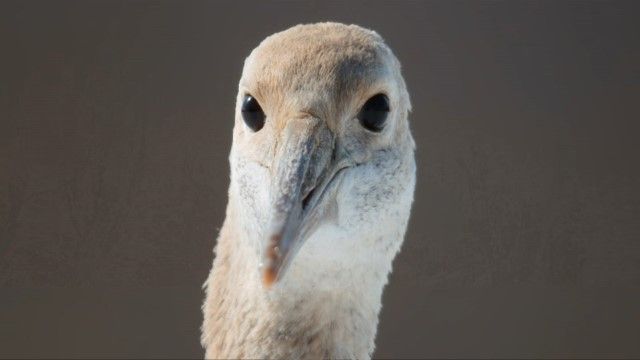
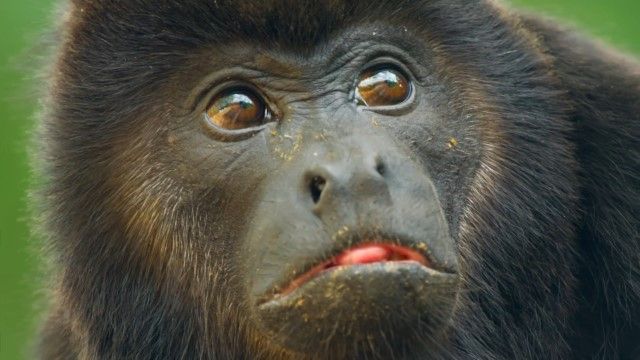
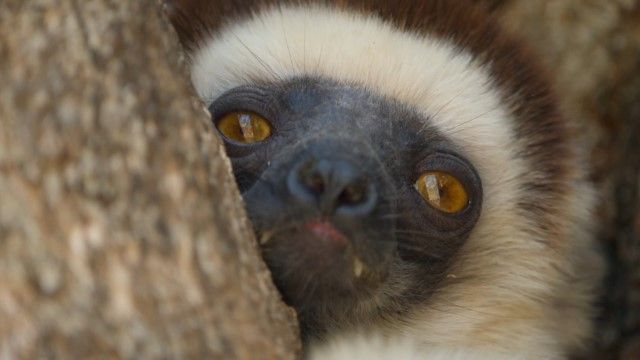
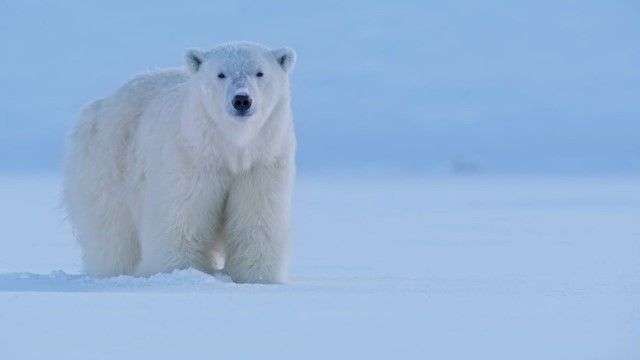

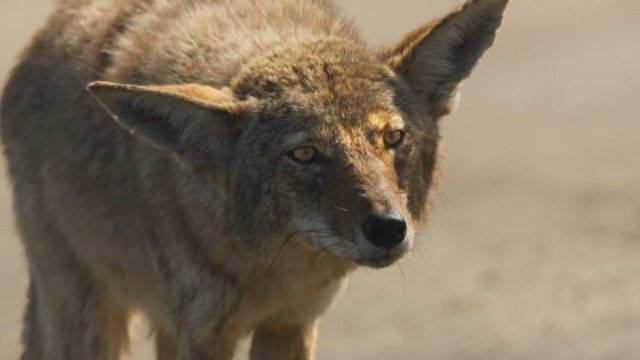
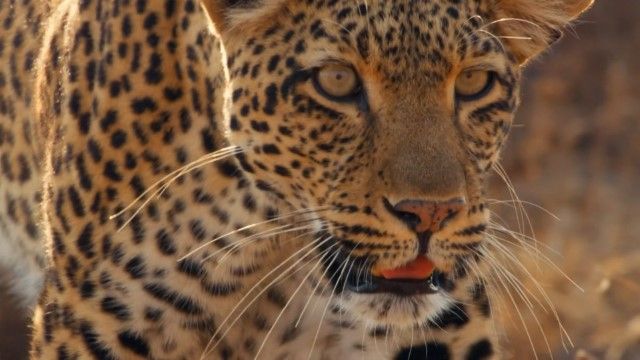
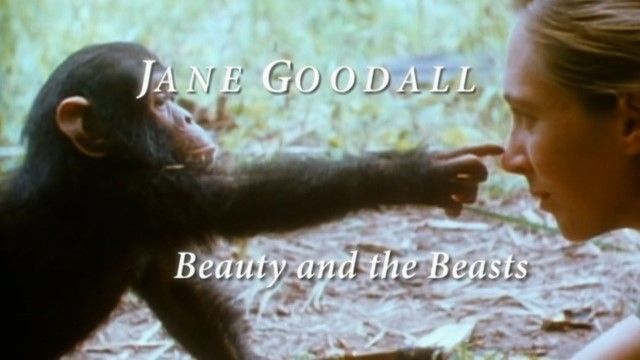
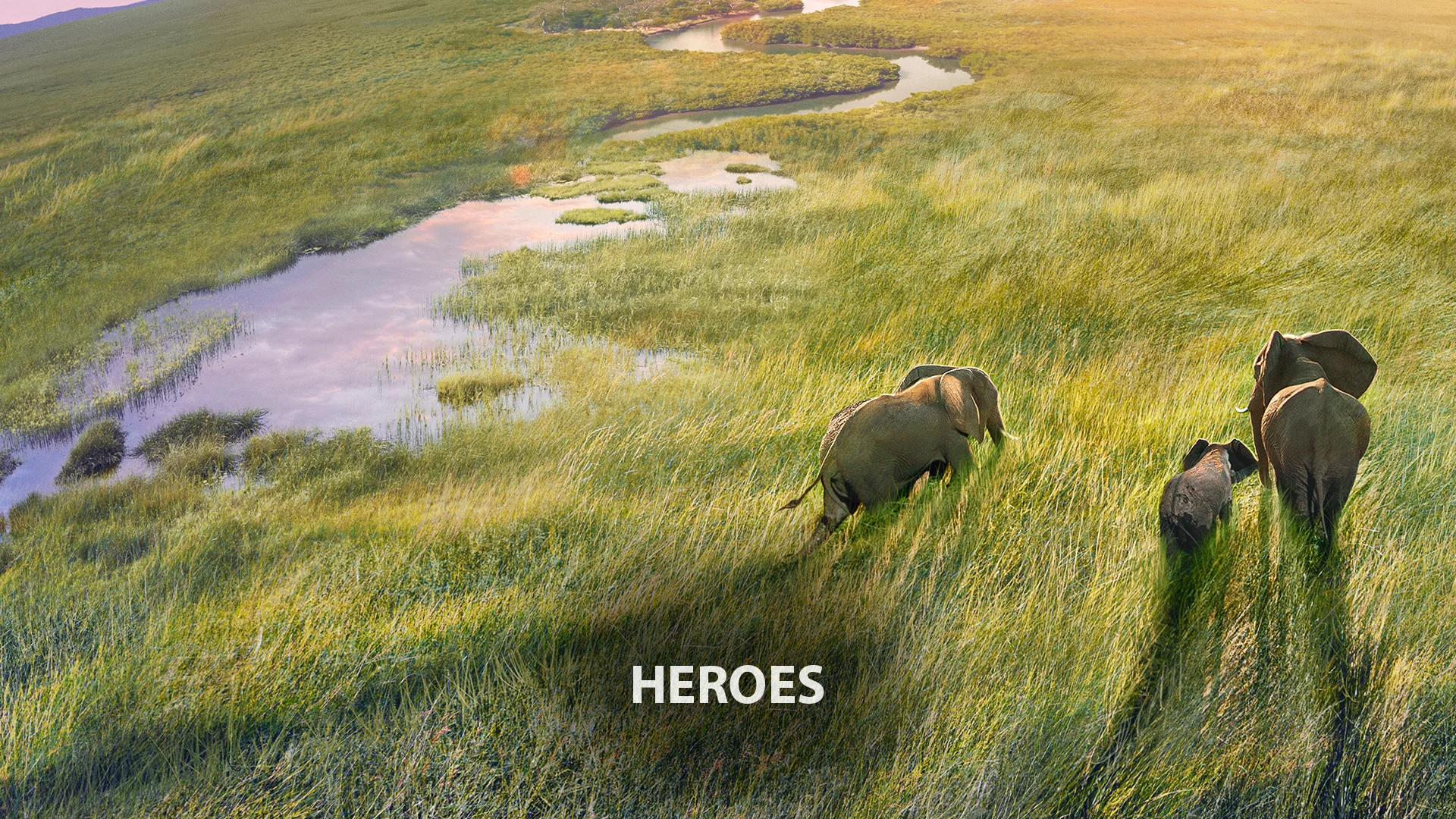
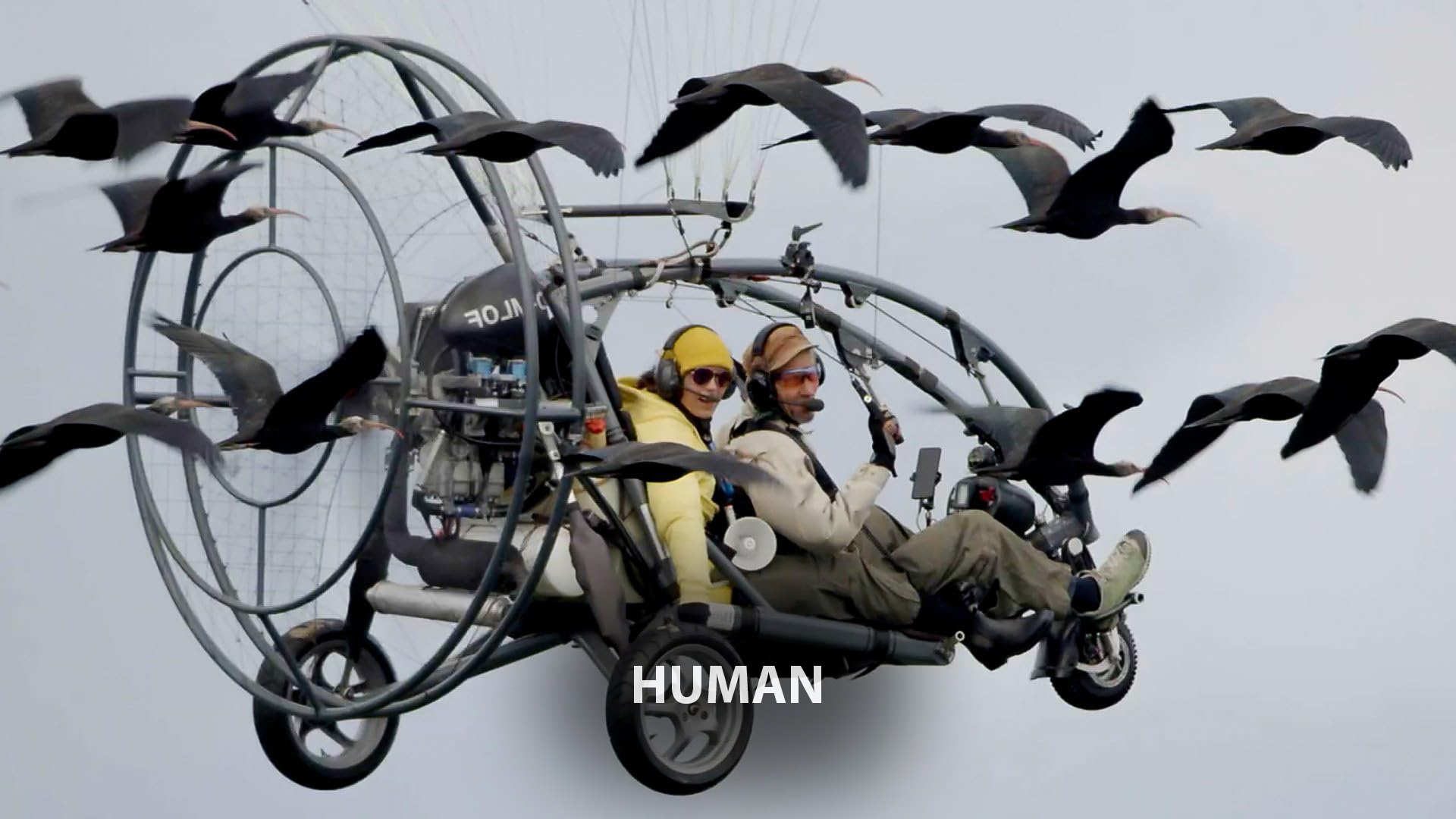
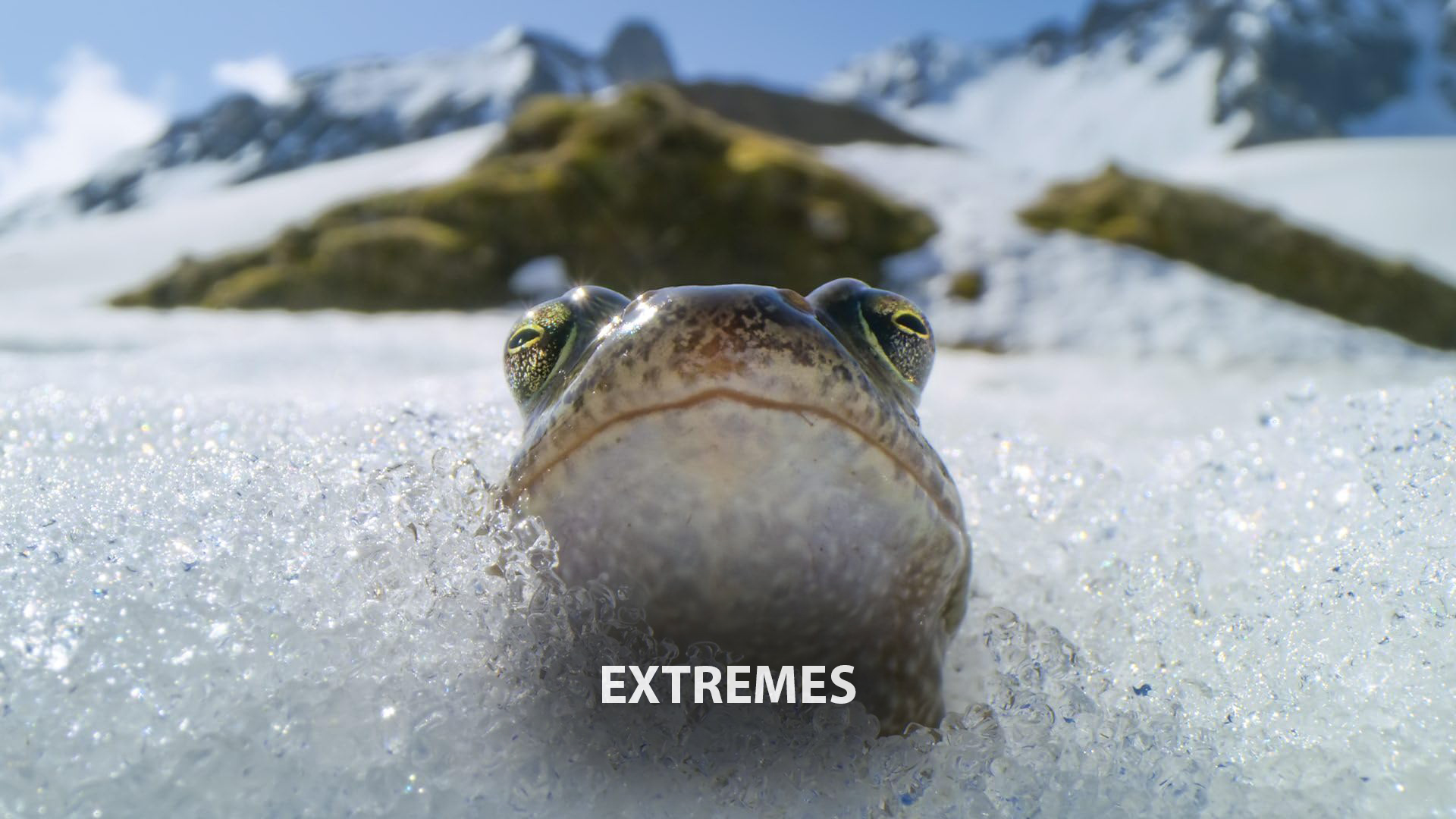
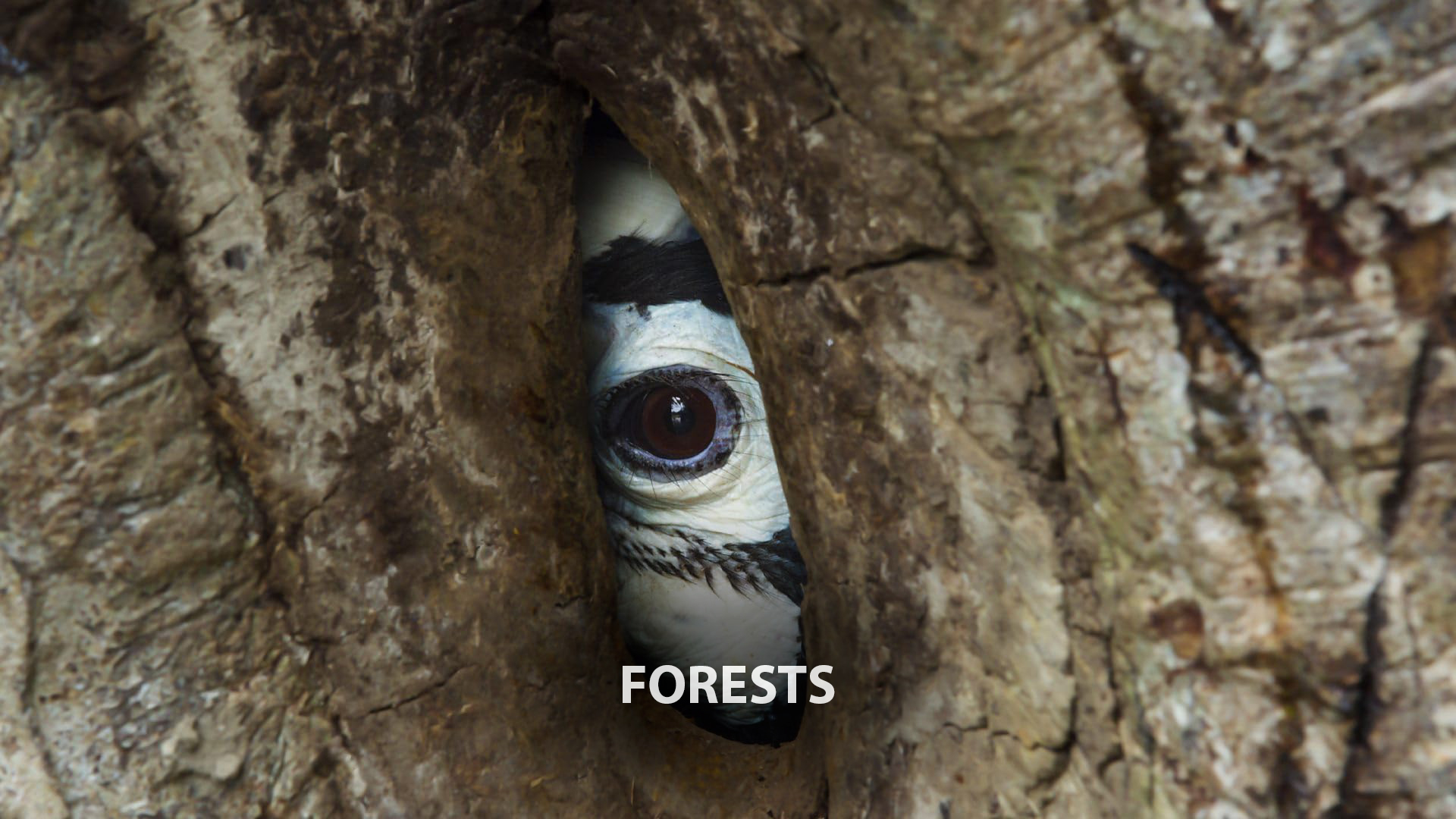
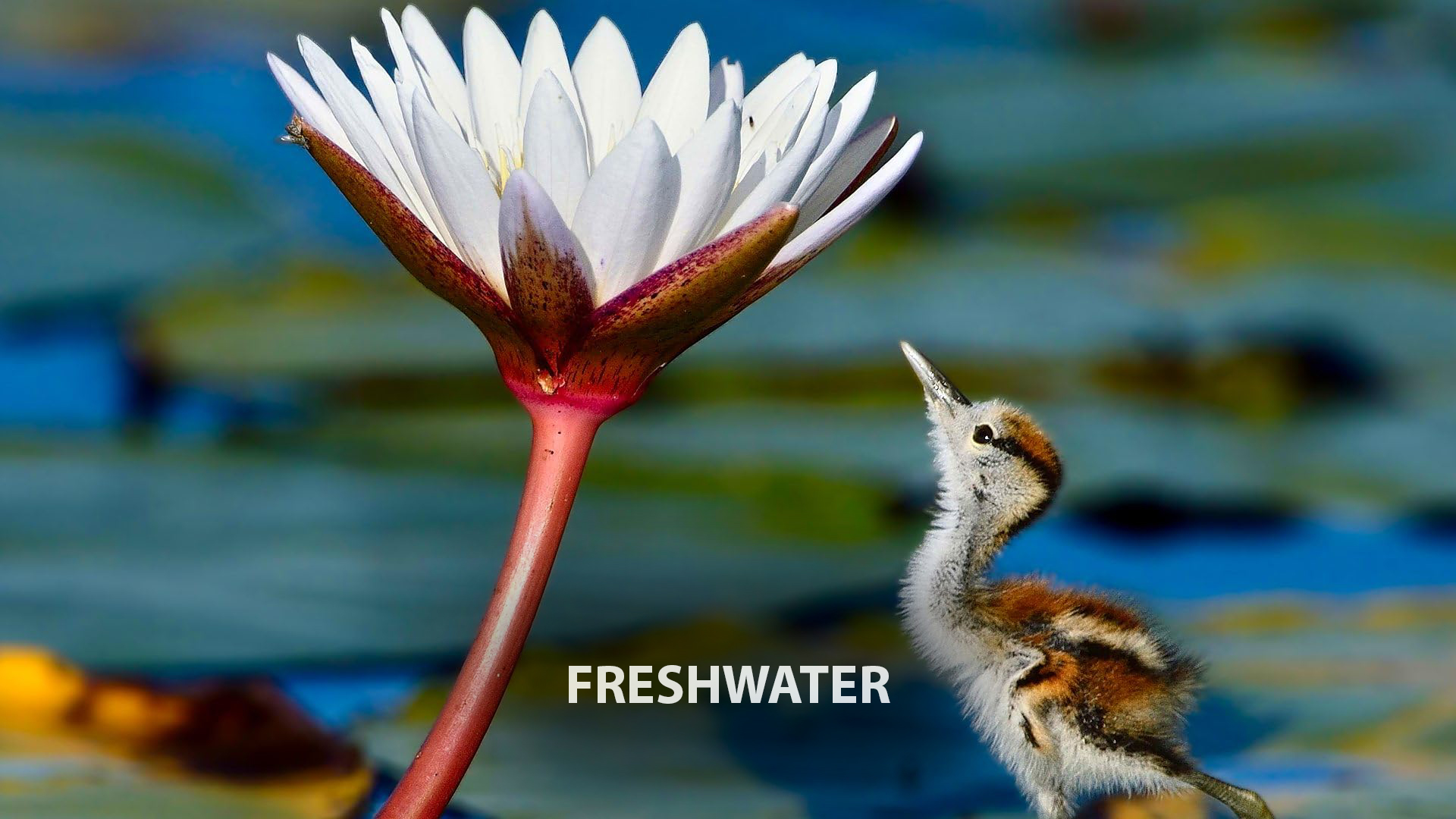

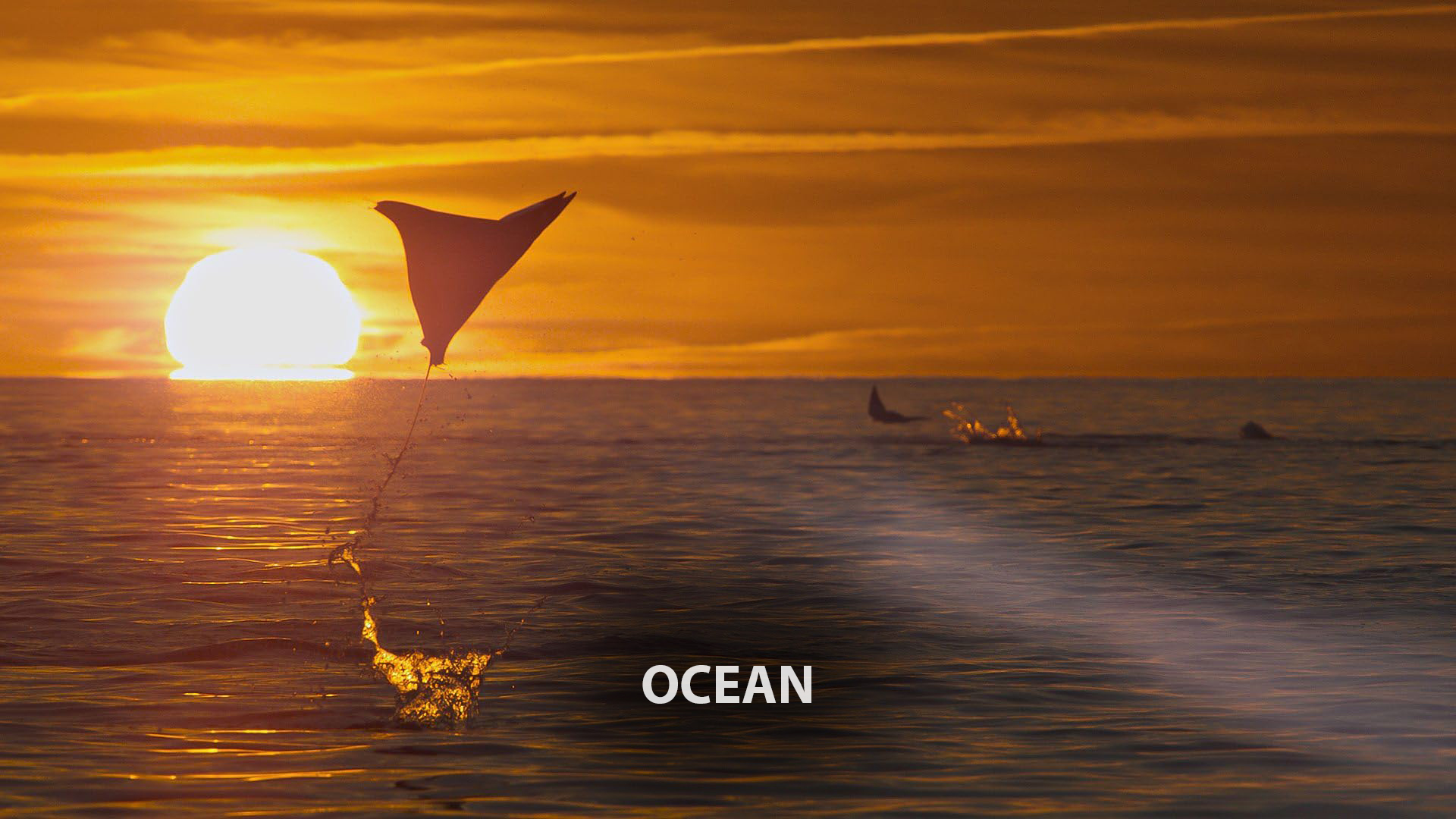
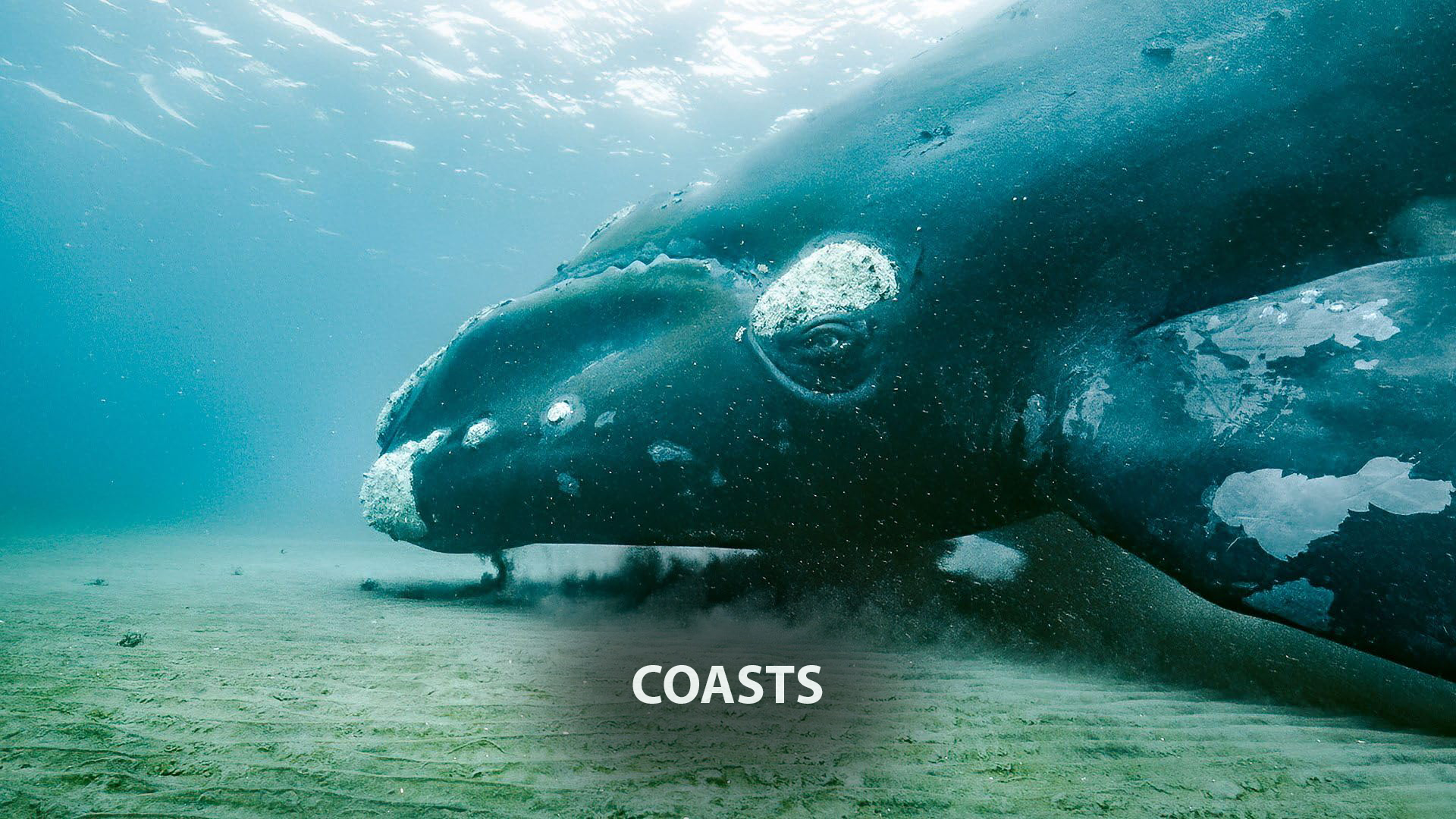
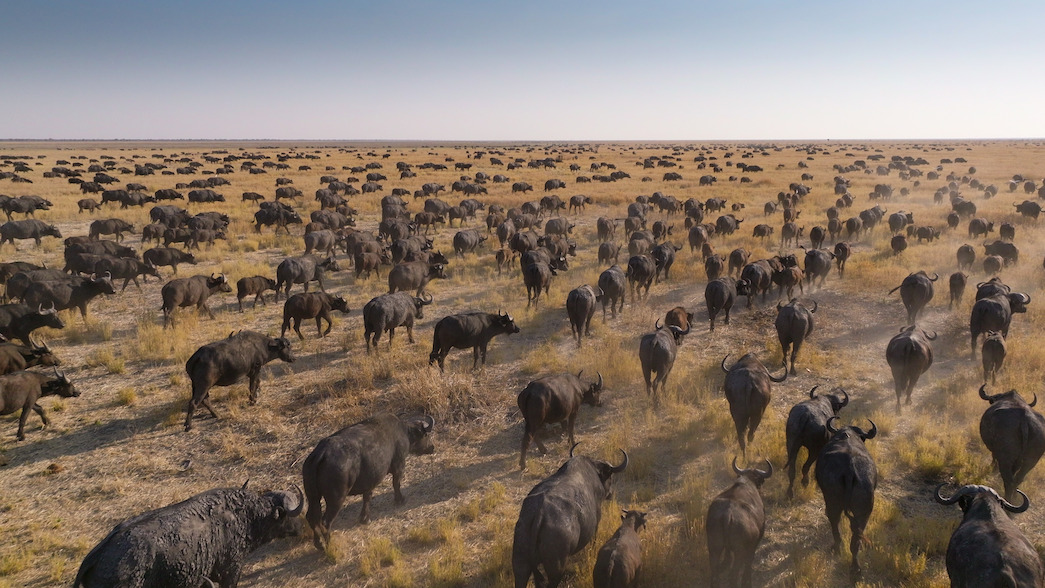
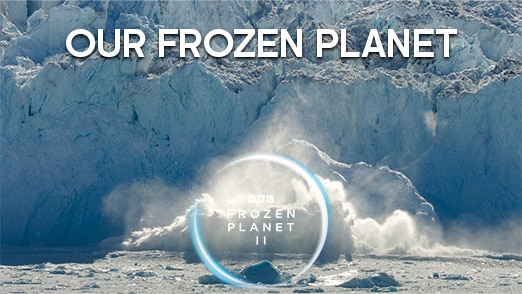
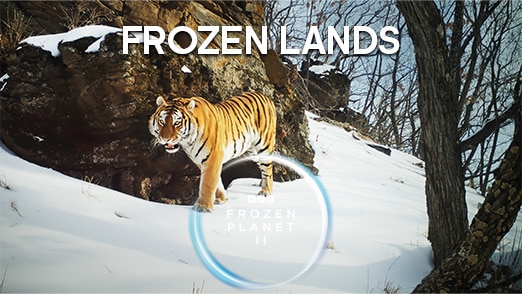

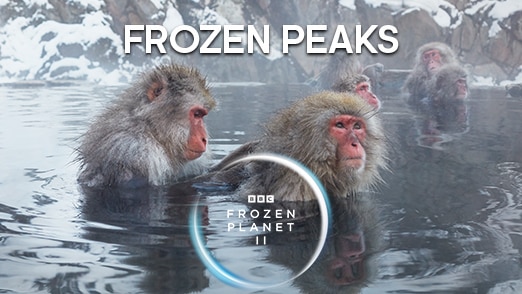

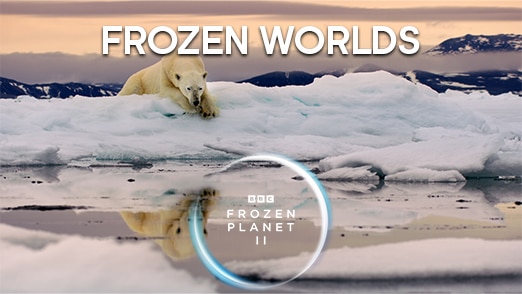

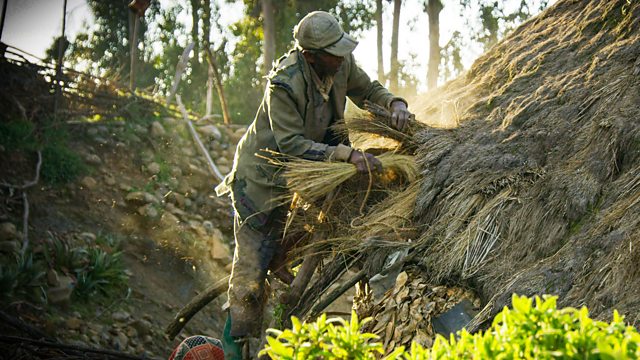

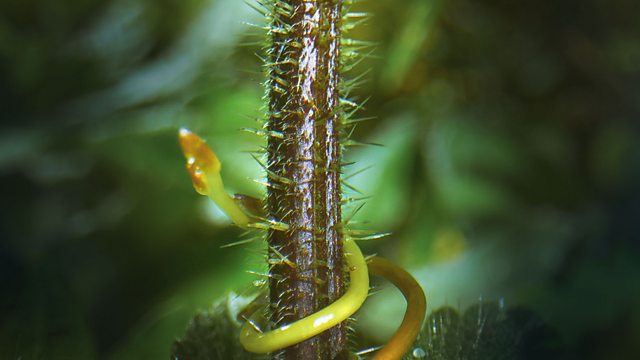
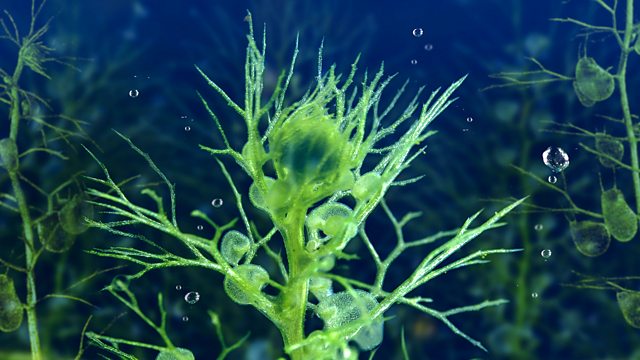


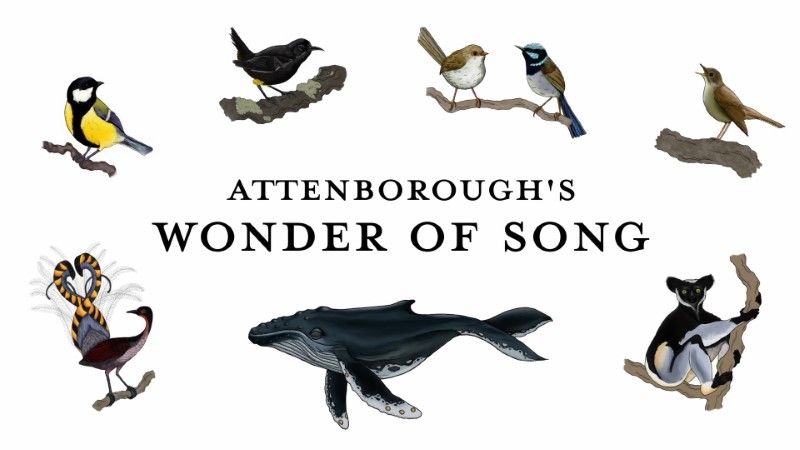
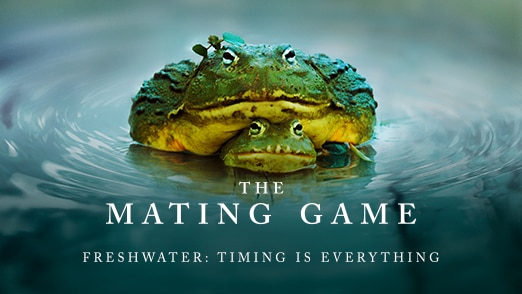
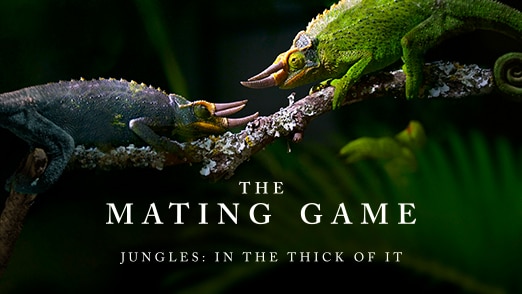
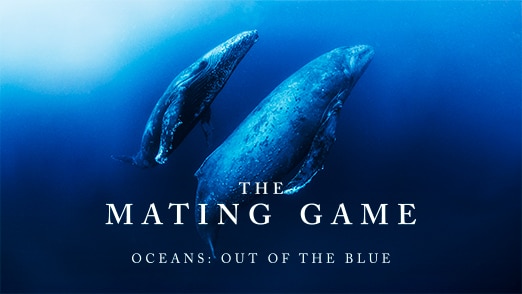
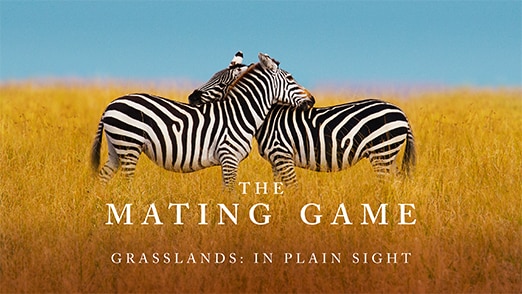
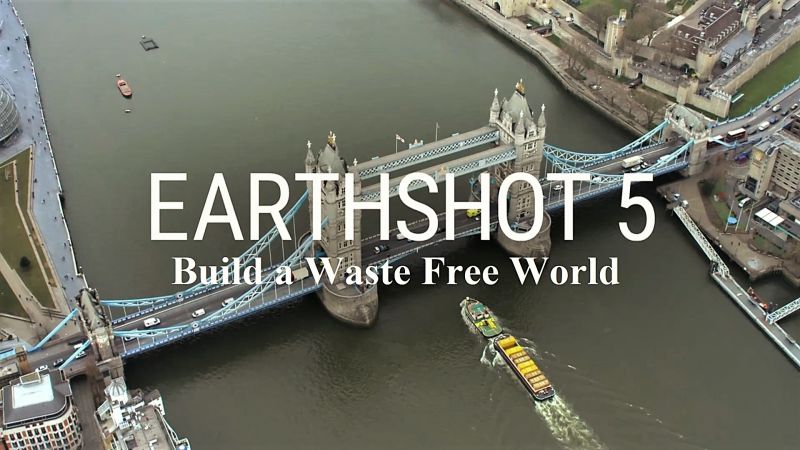
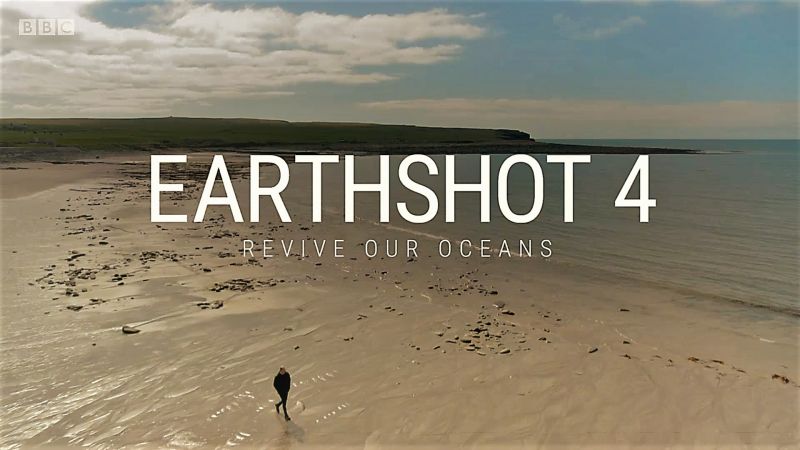

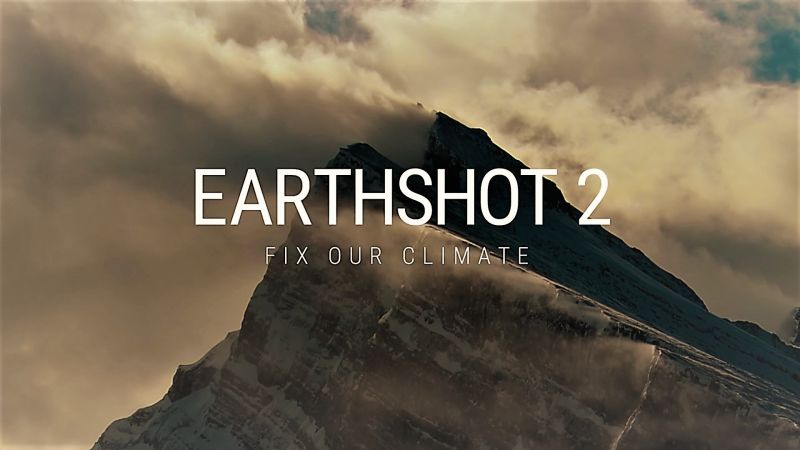
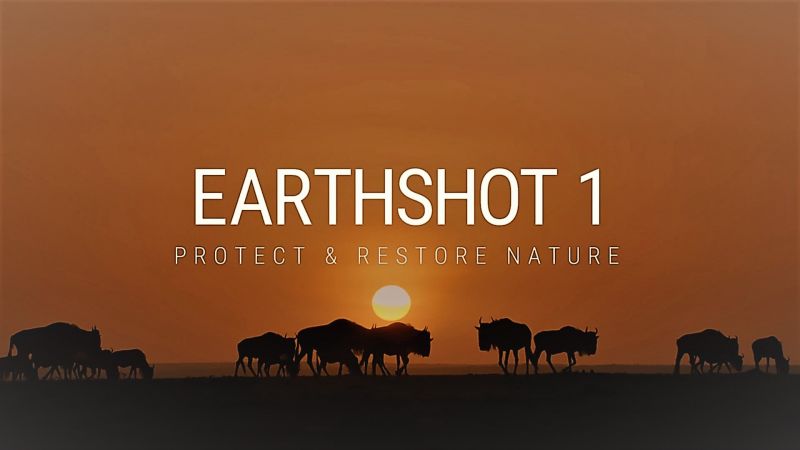


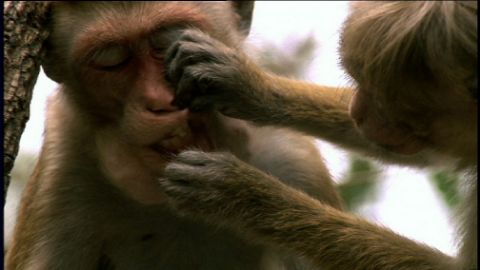
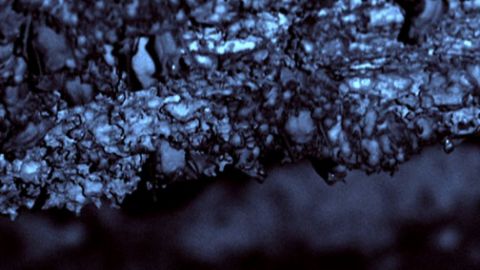
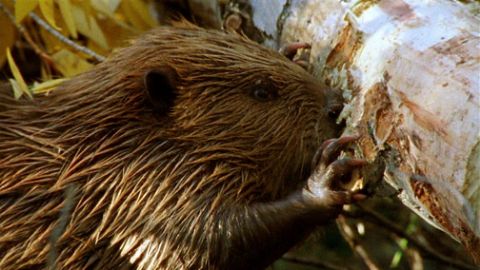

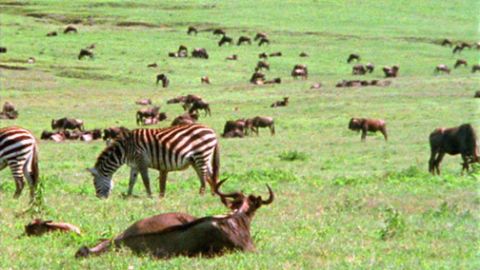
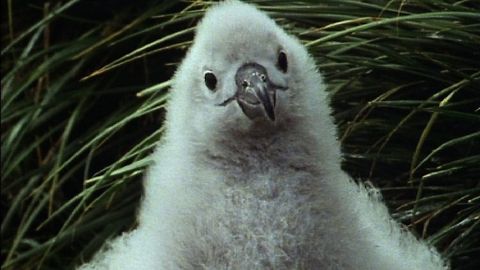
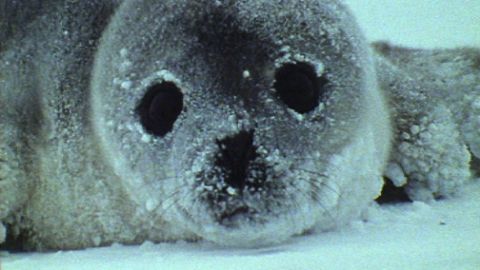

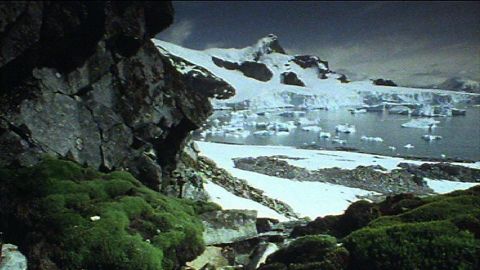
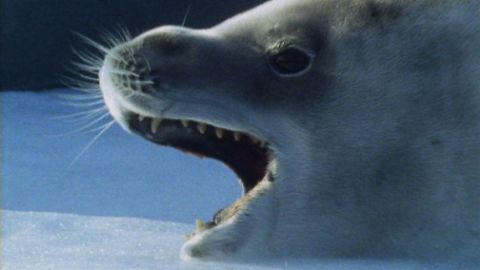
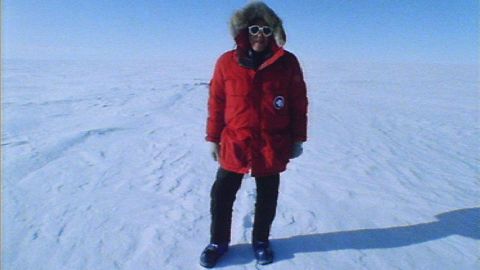
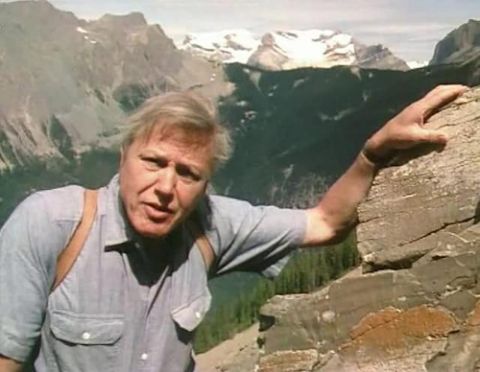
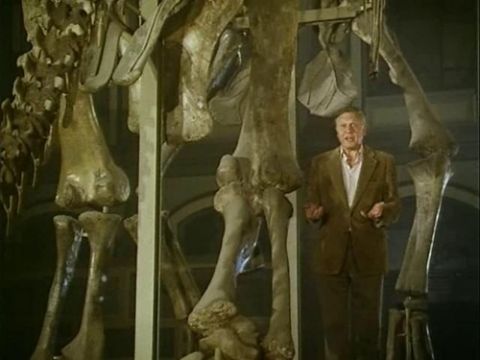
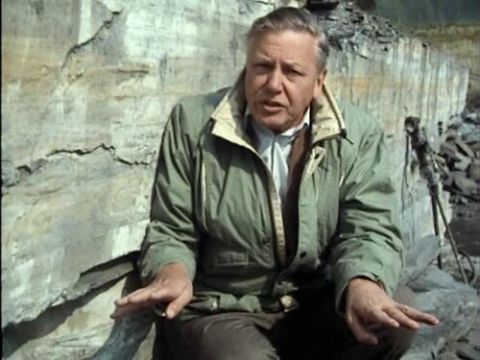
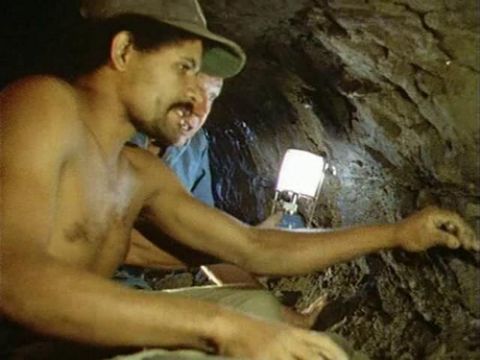
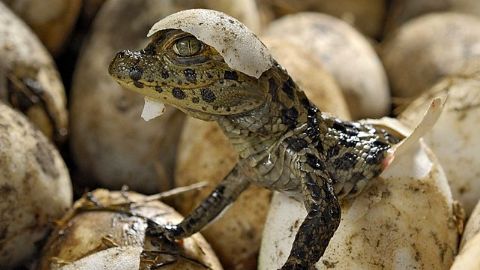
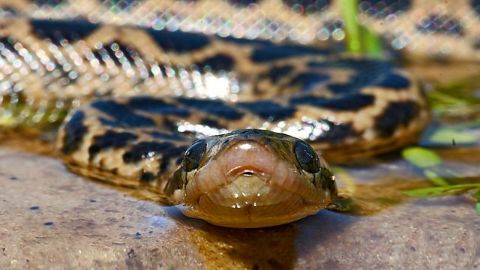
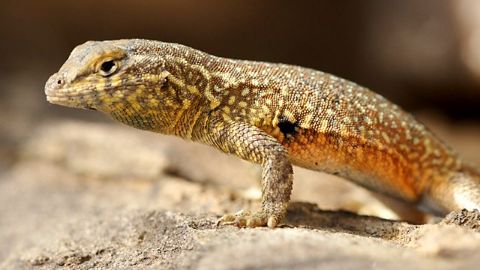

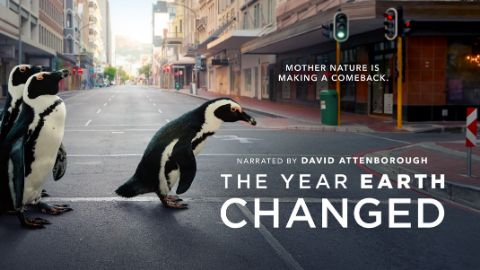
![Deep Trouble [Extra]](https://ihavenotv.com/img/12215.jpg)
![Making Waves [Making of]](https://ihavenotv.com/img/12214.jpg)



